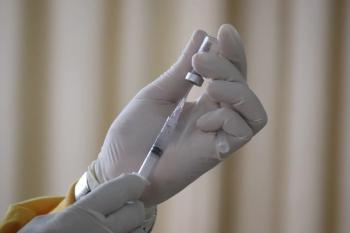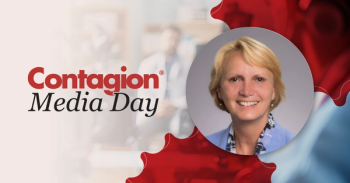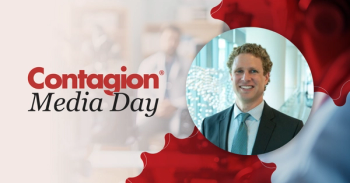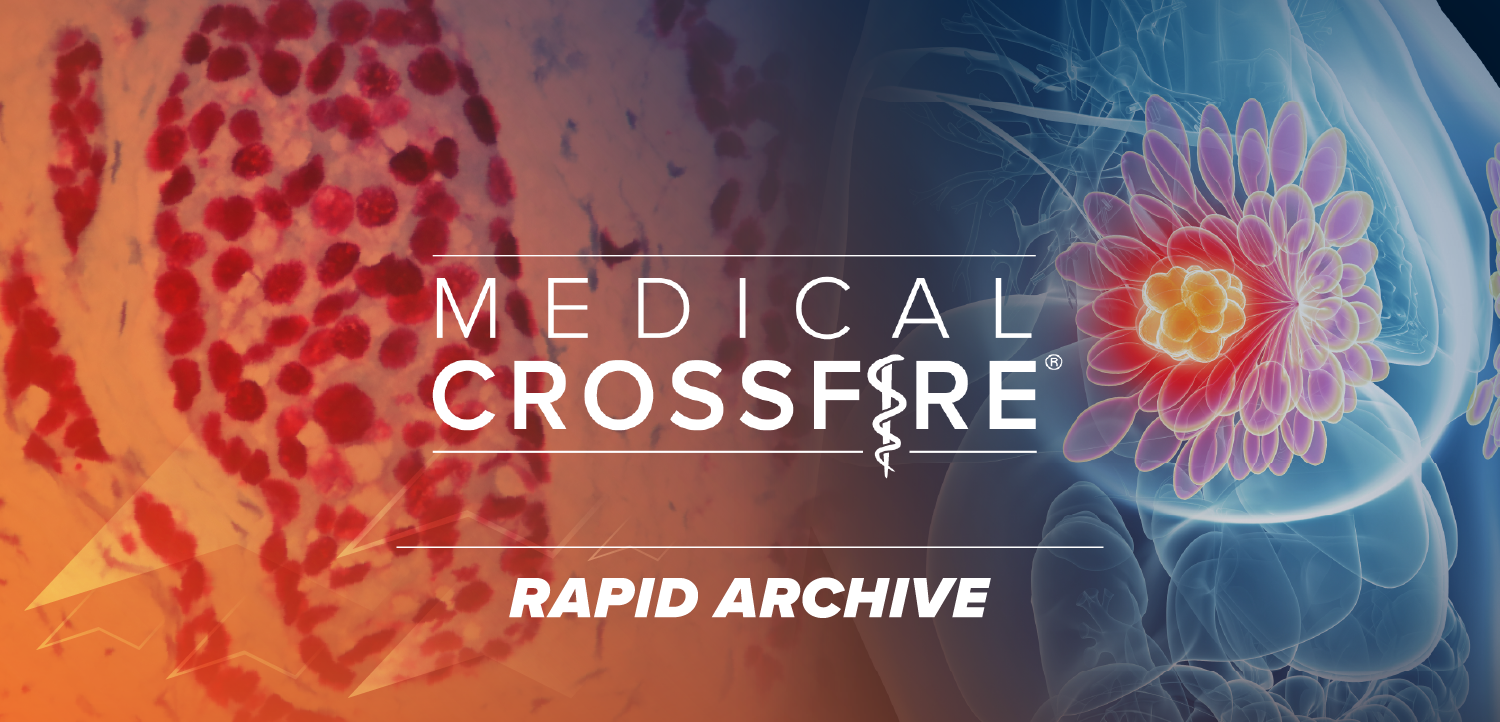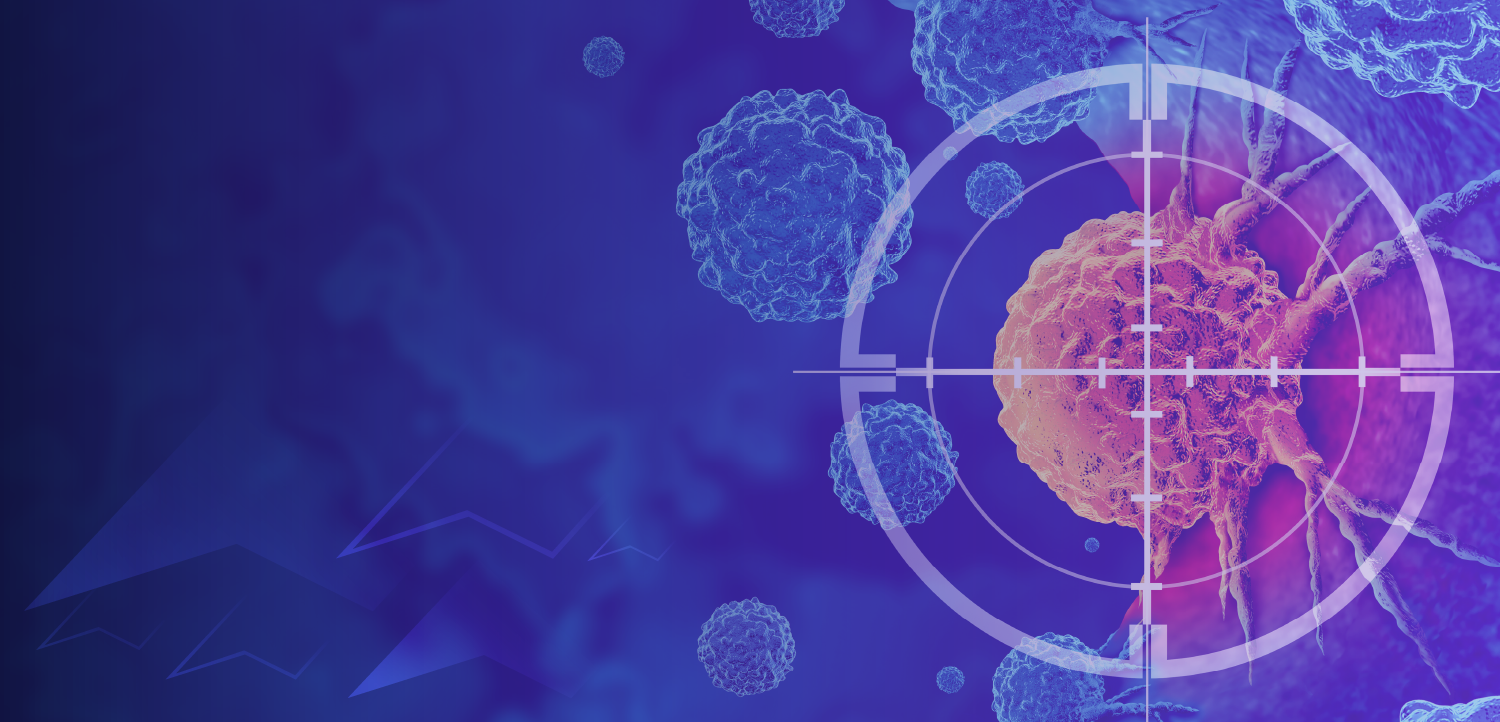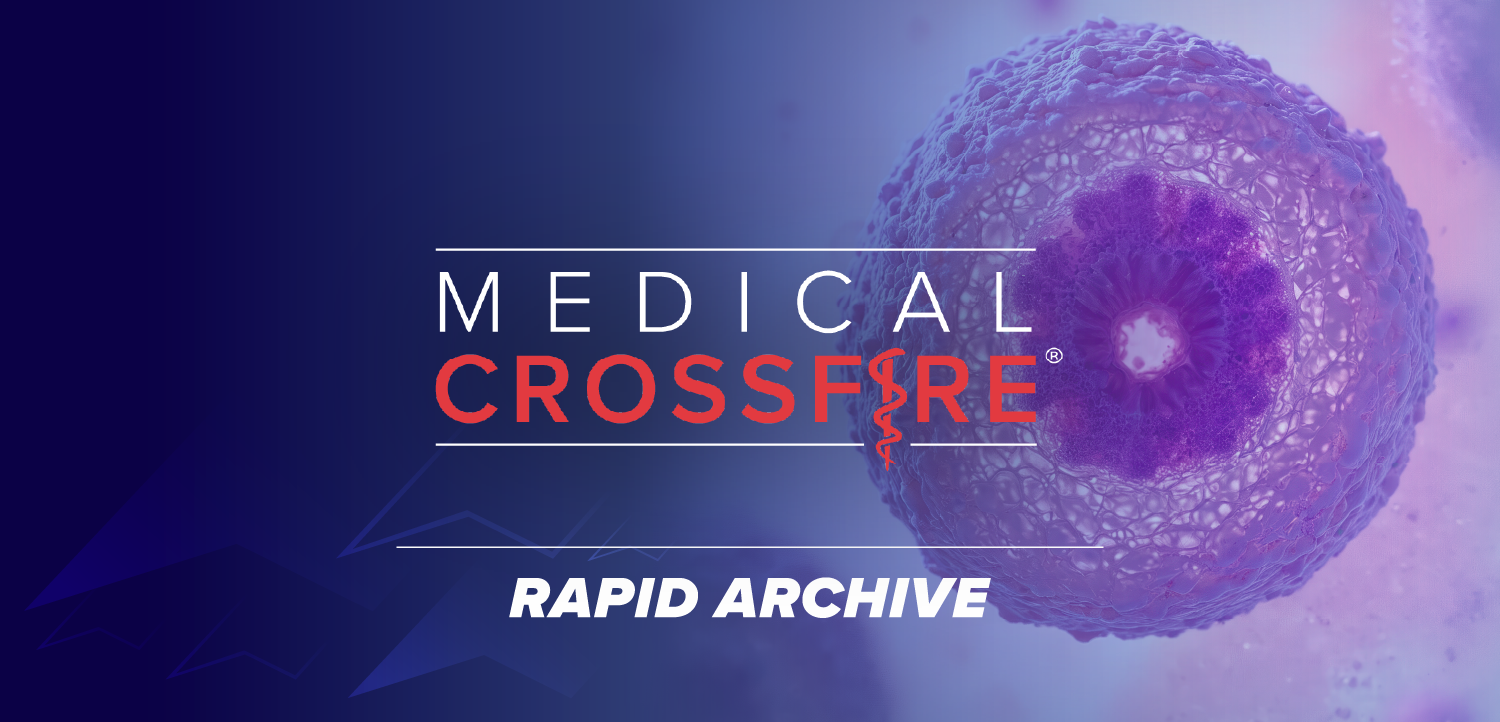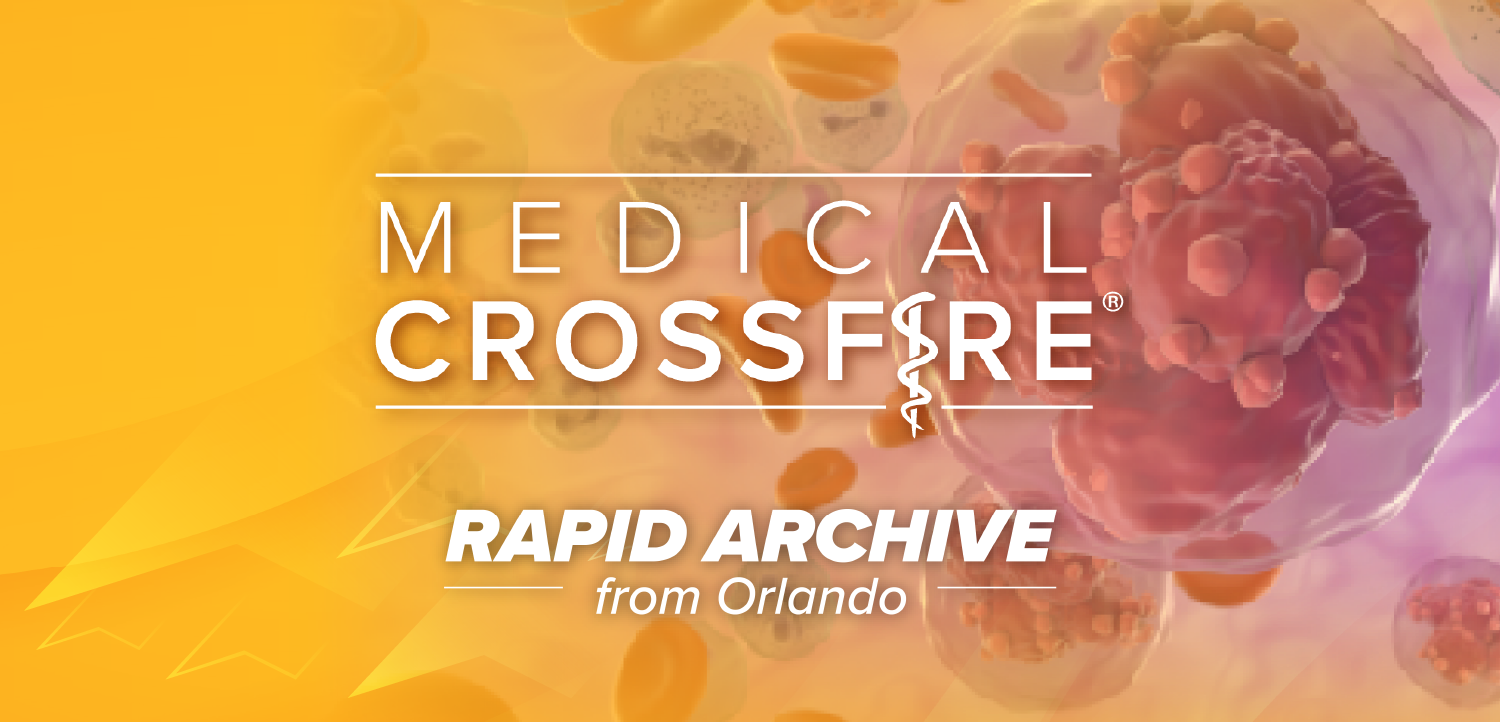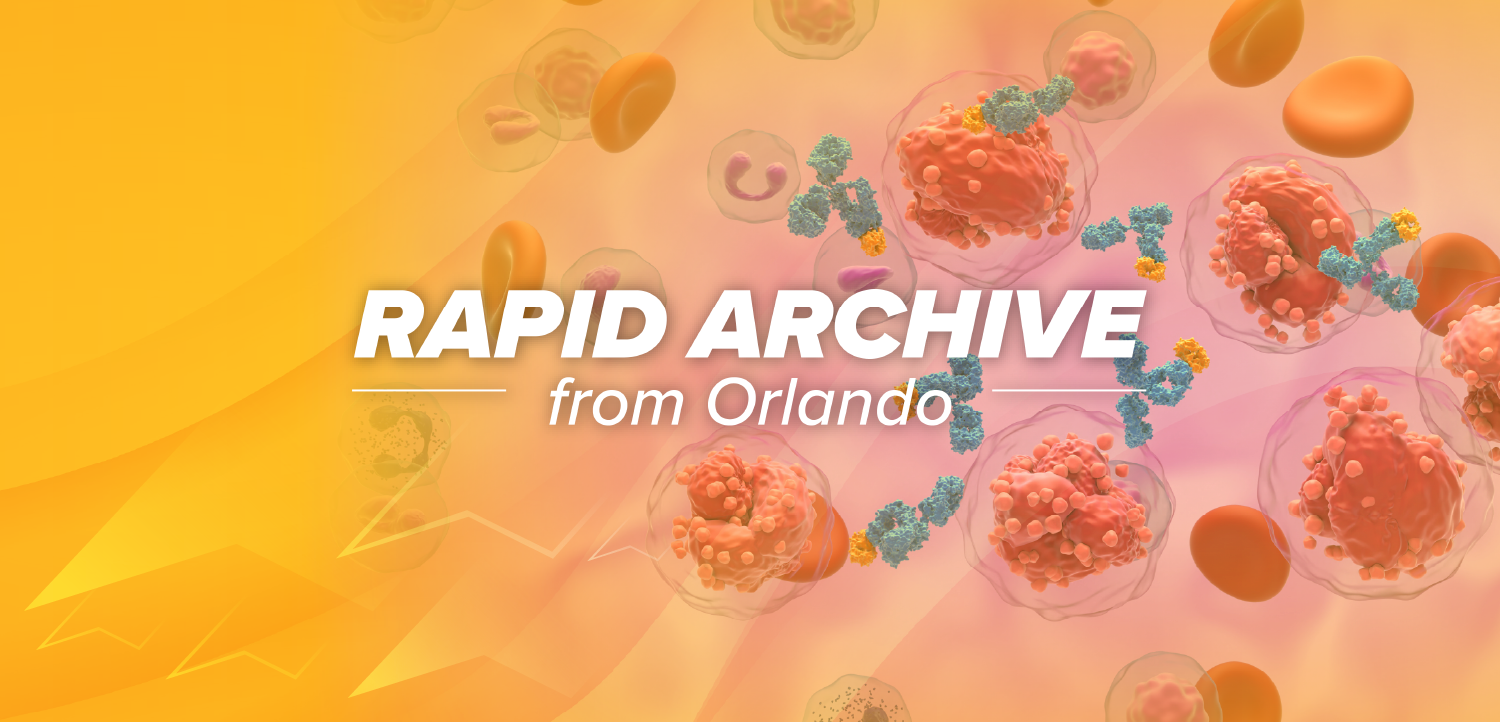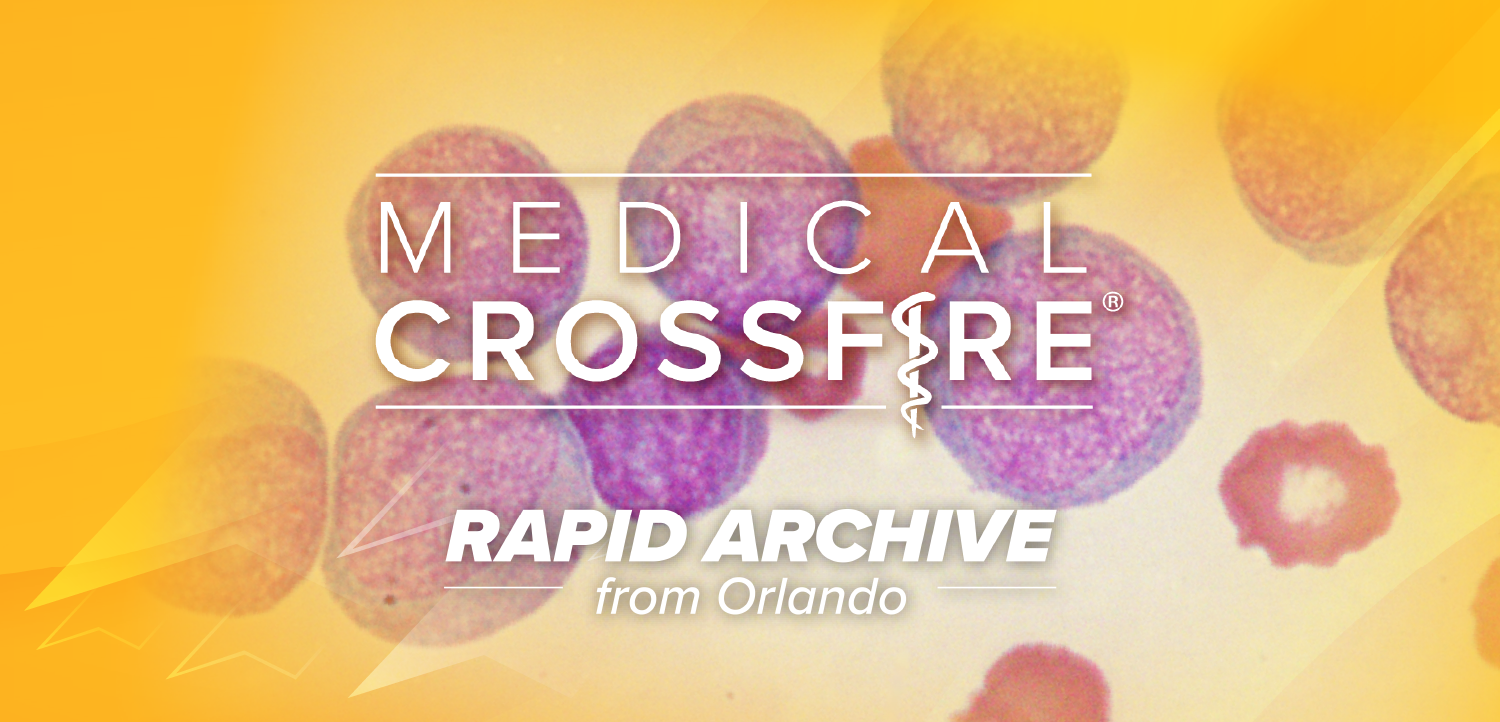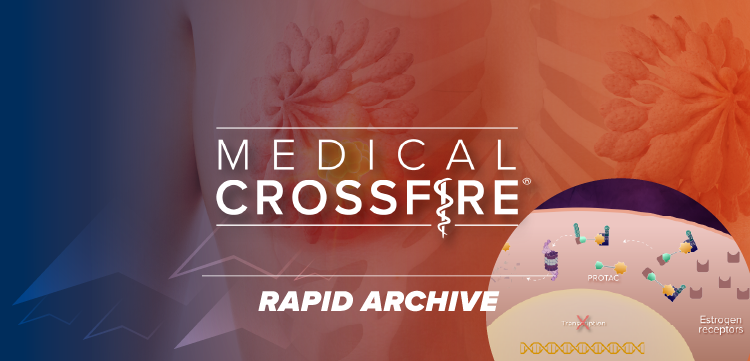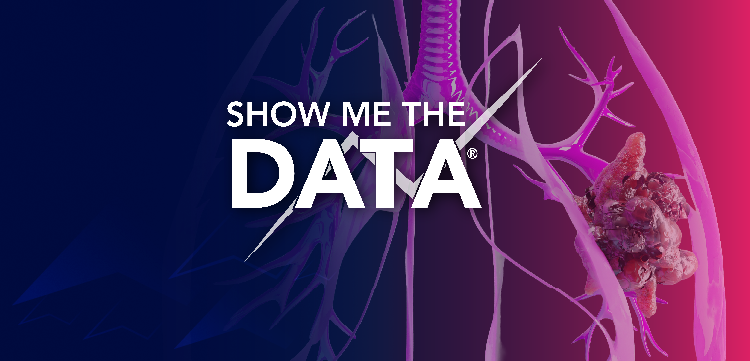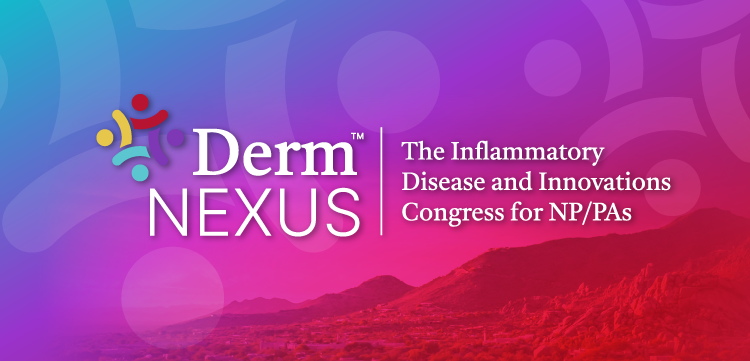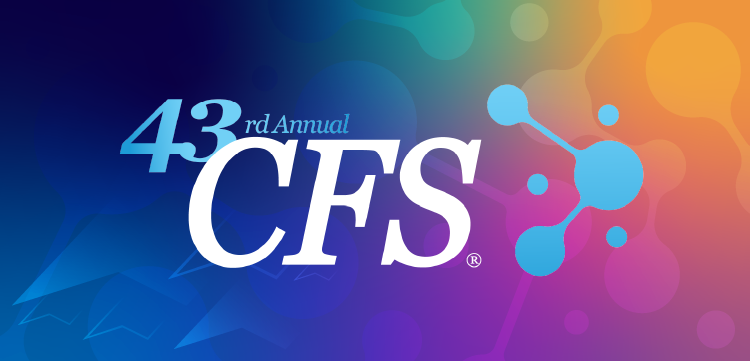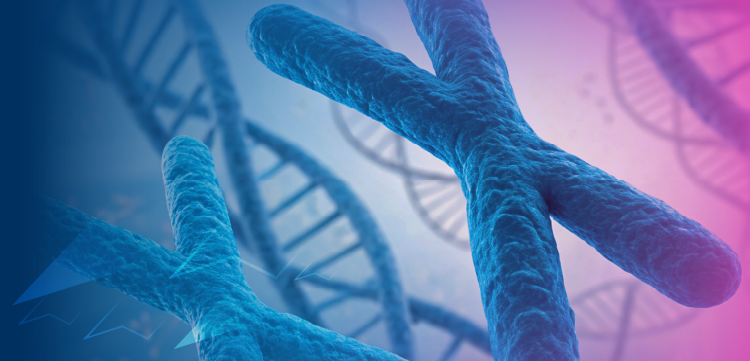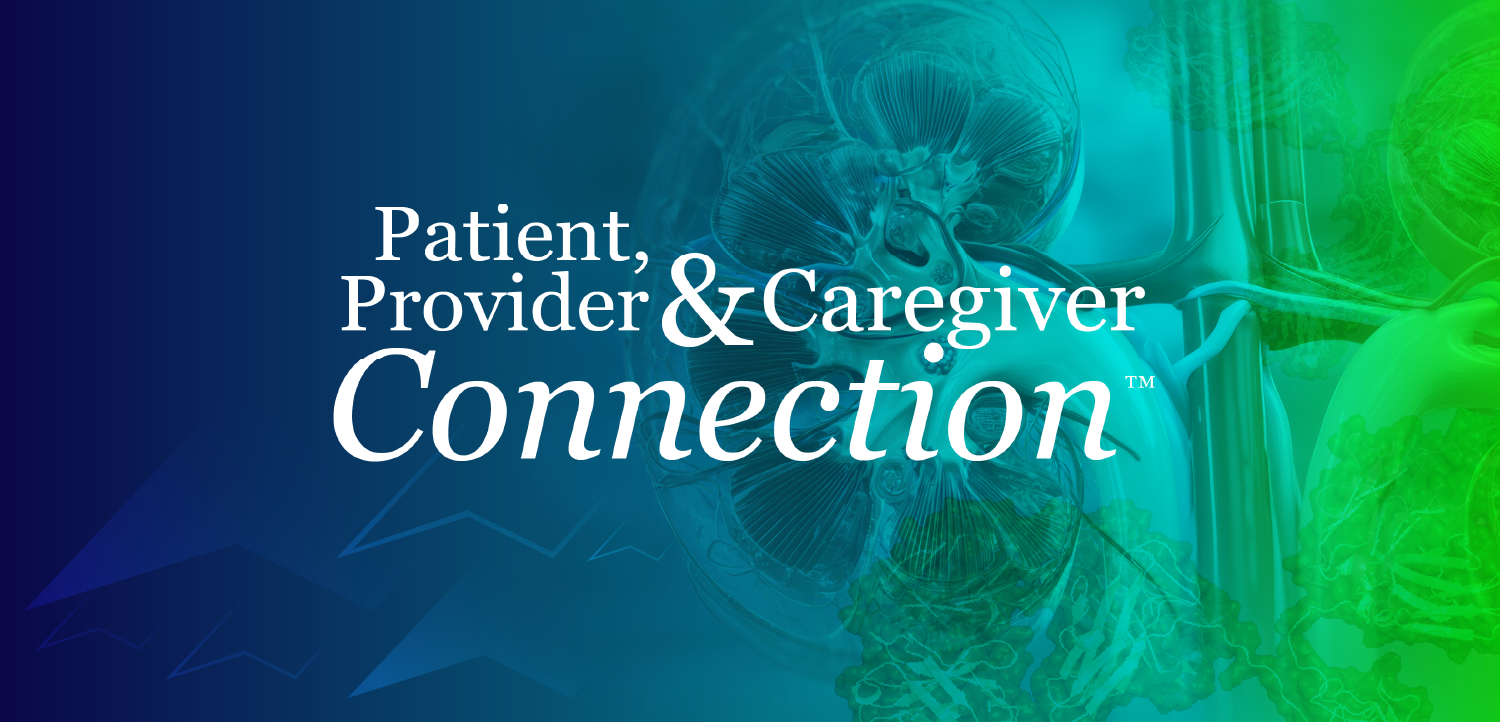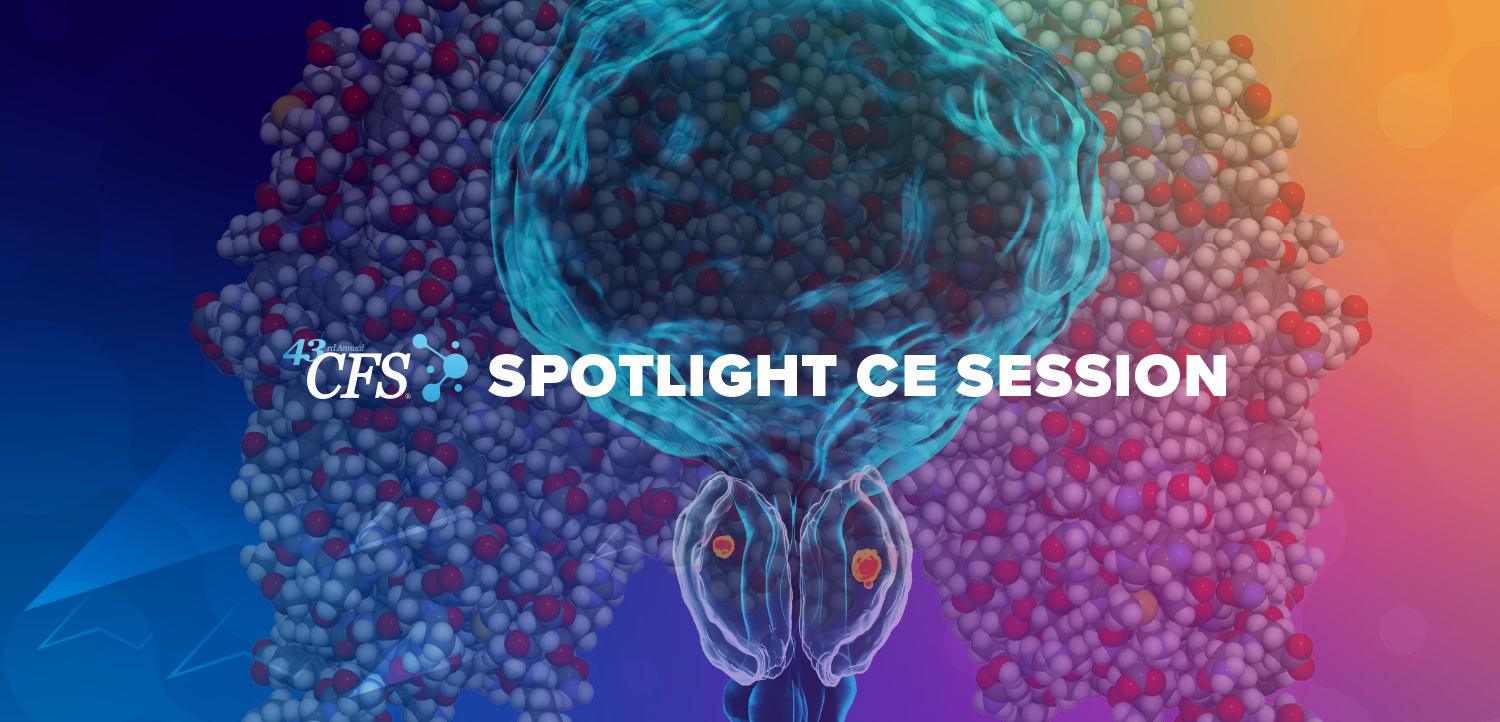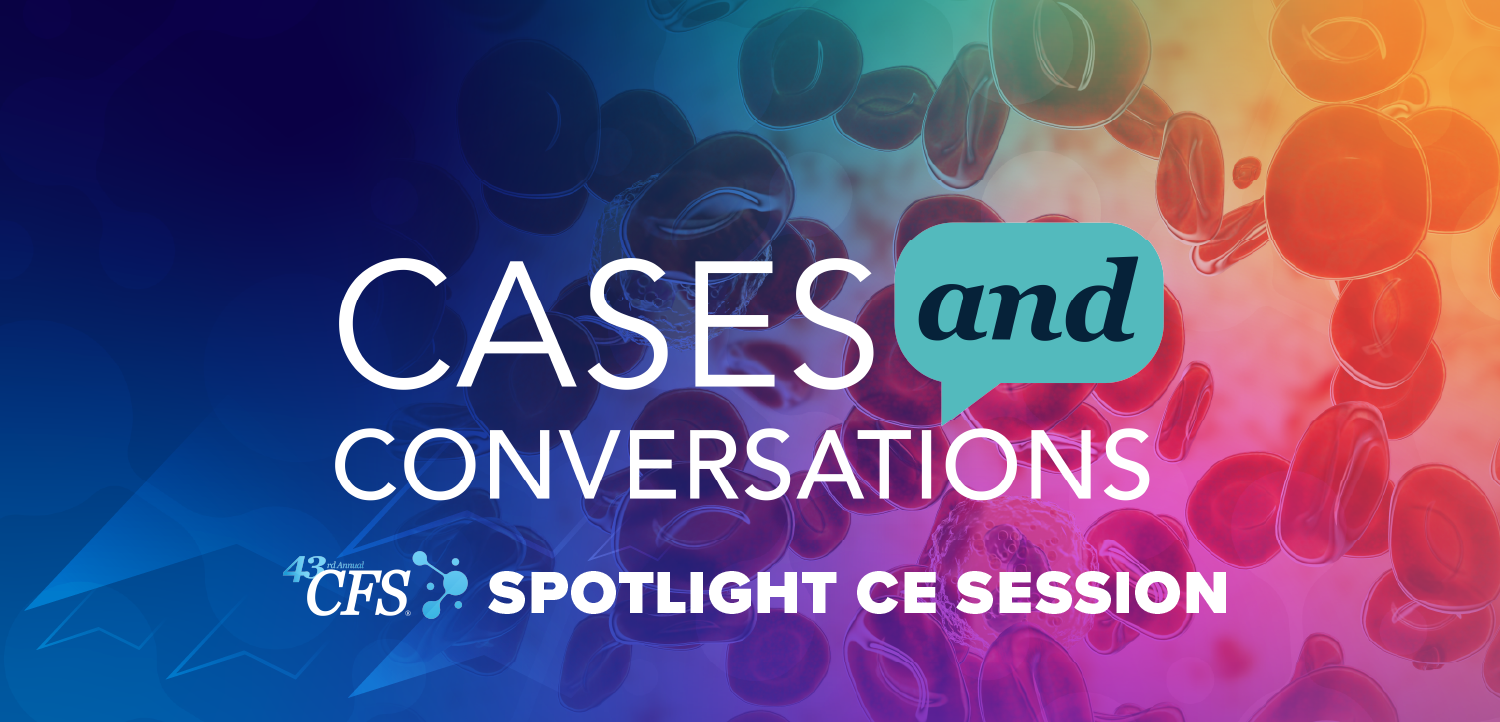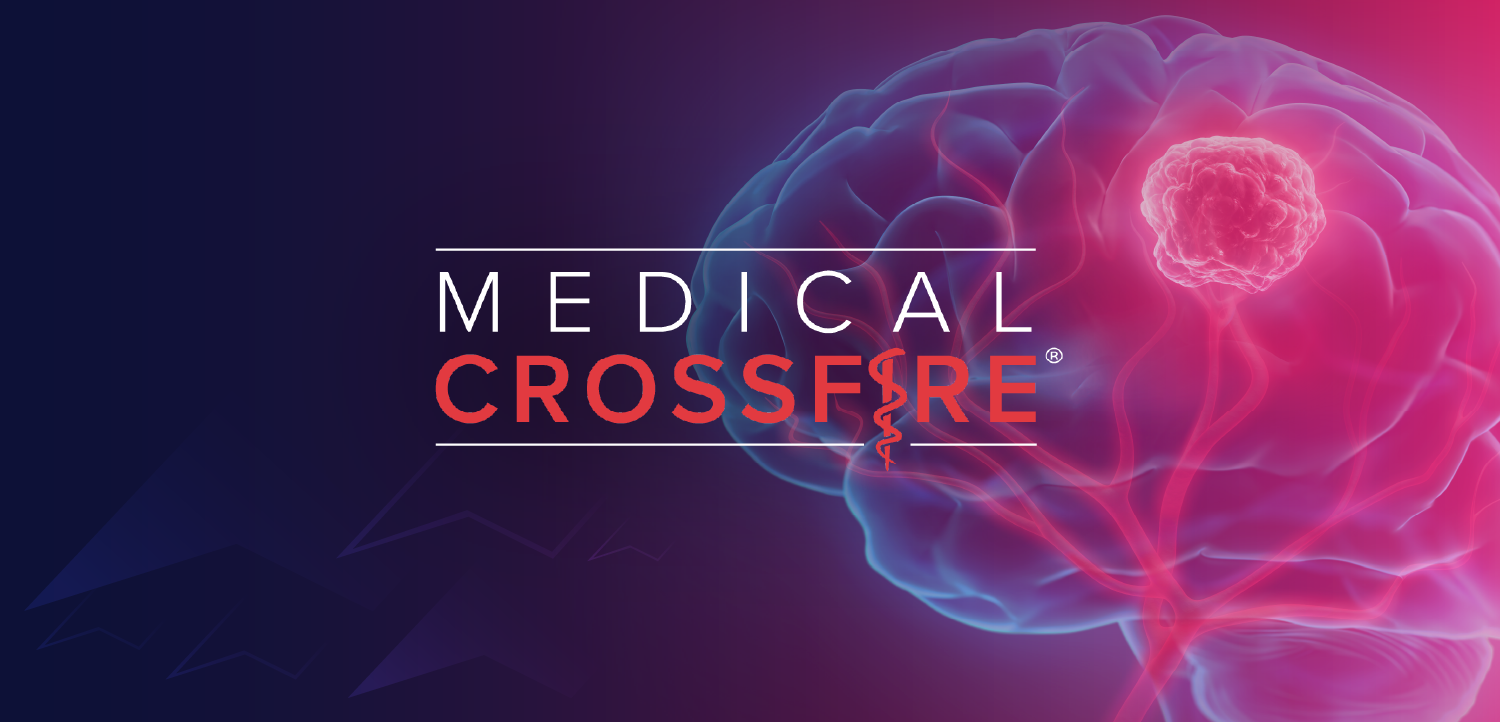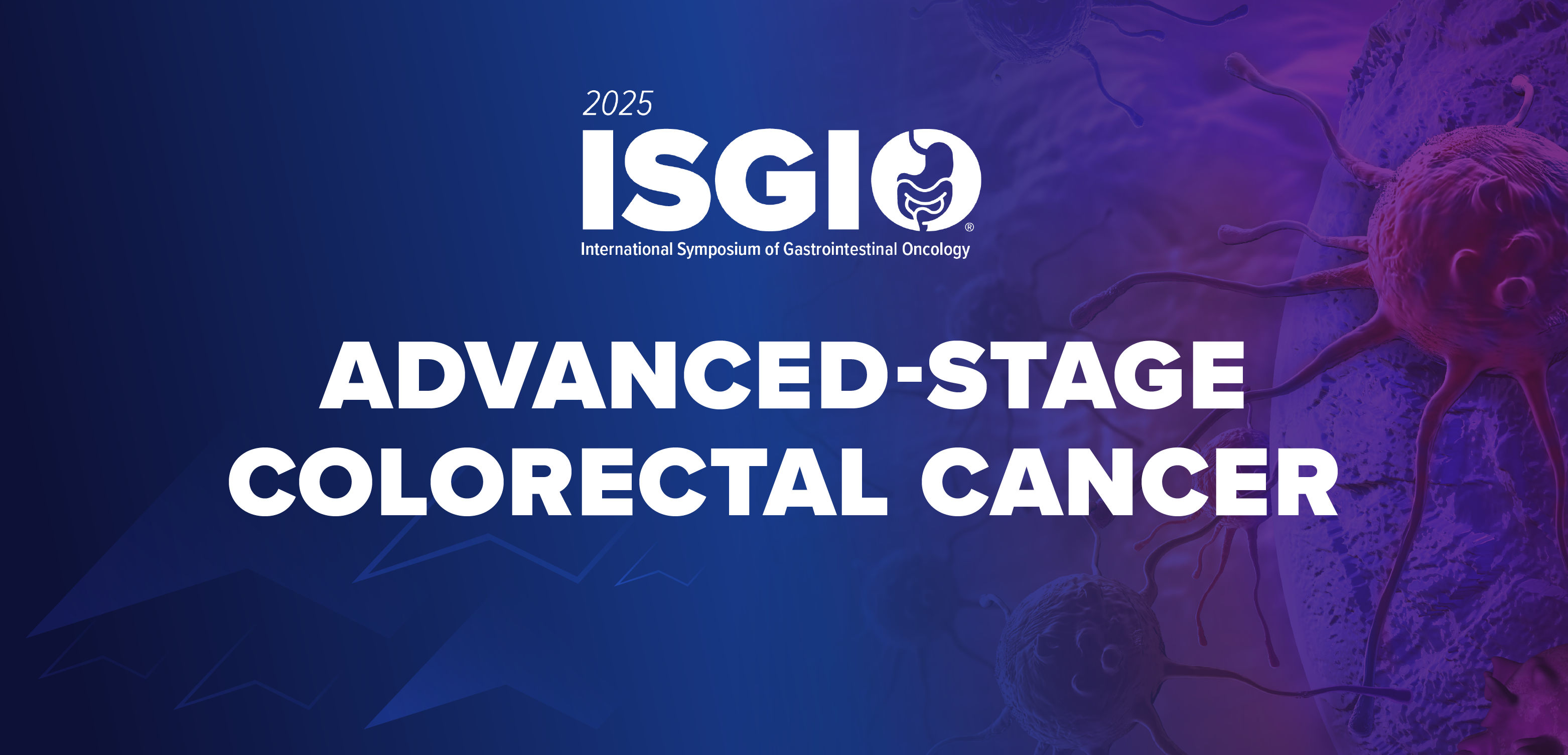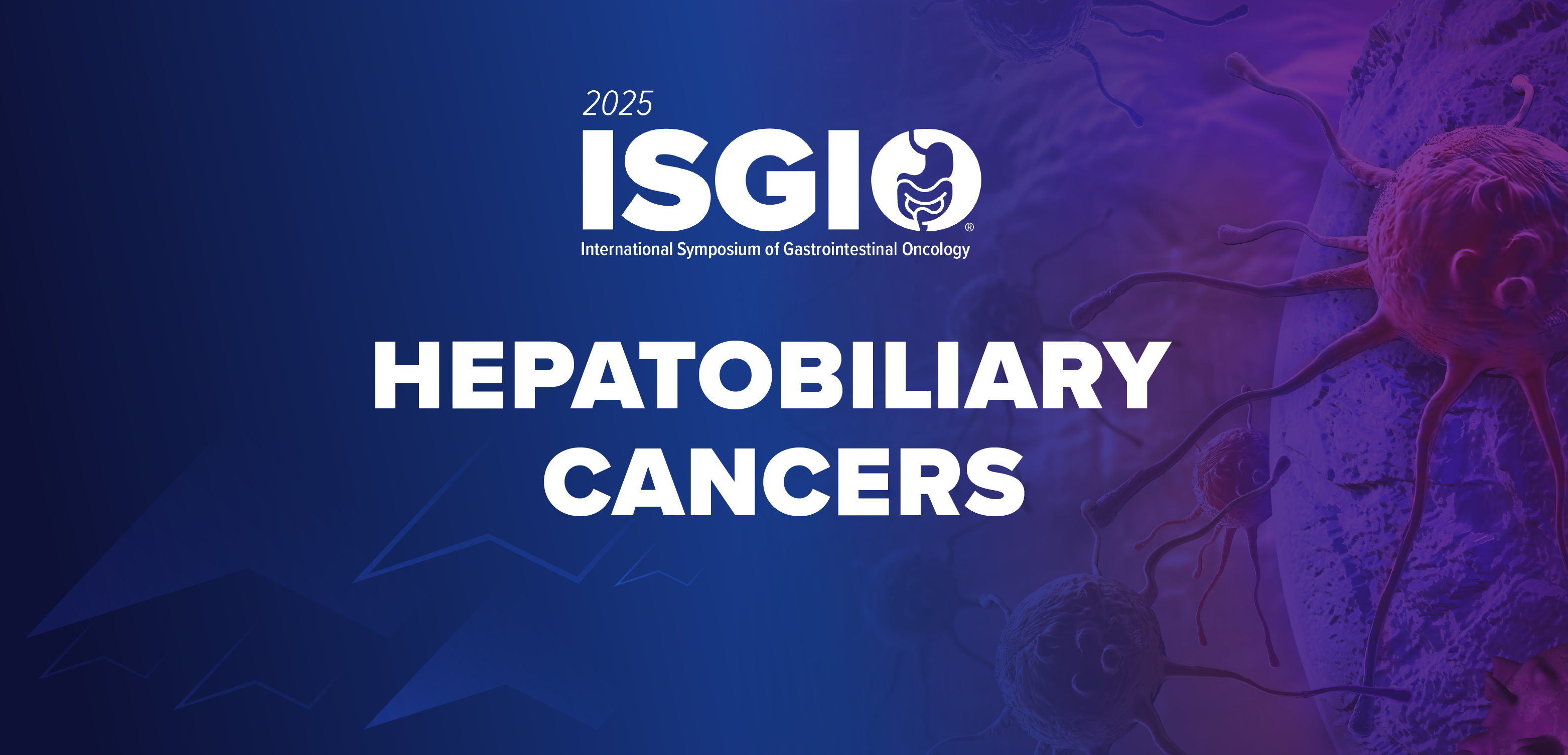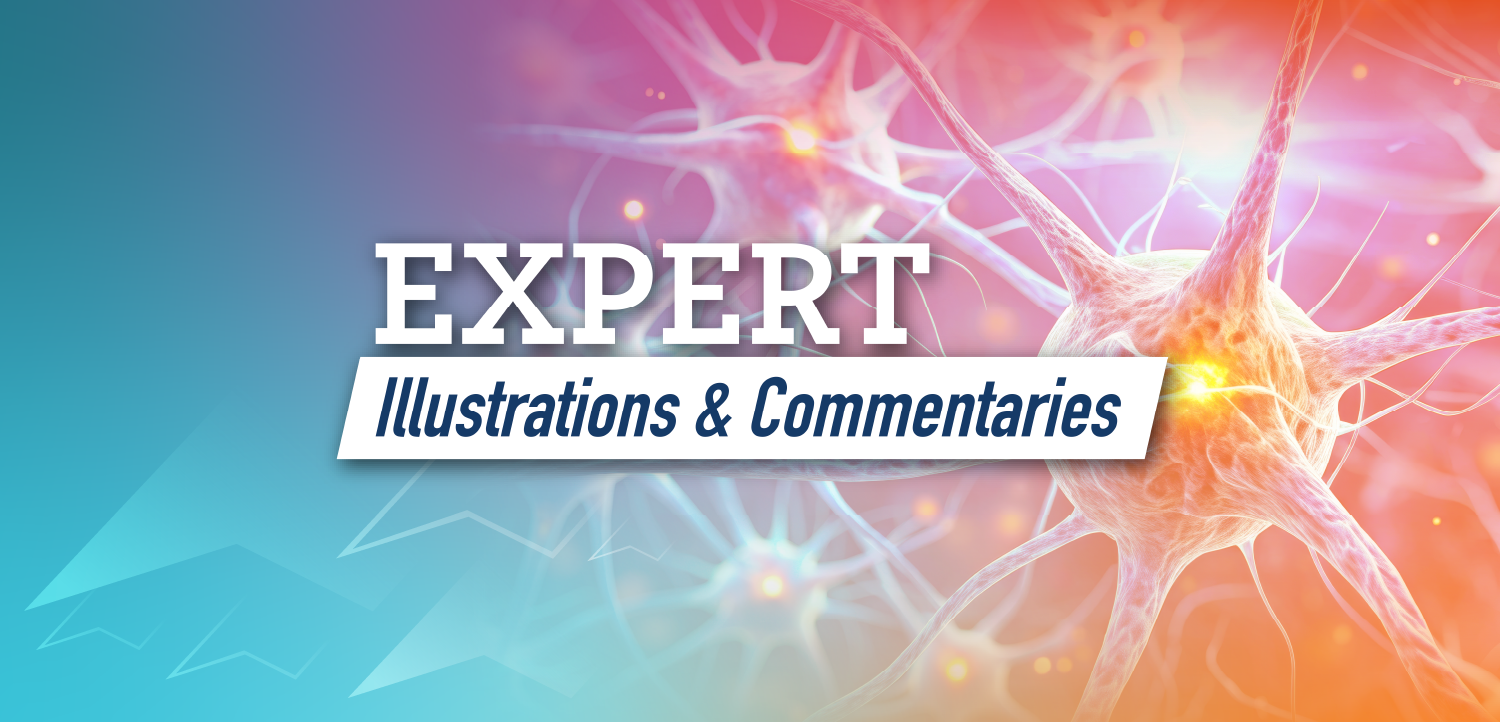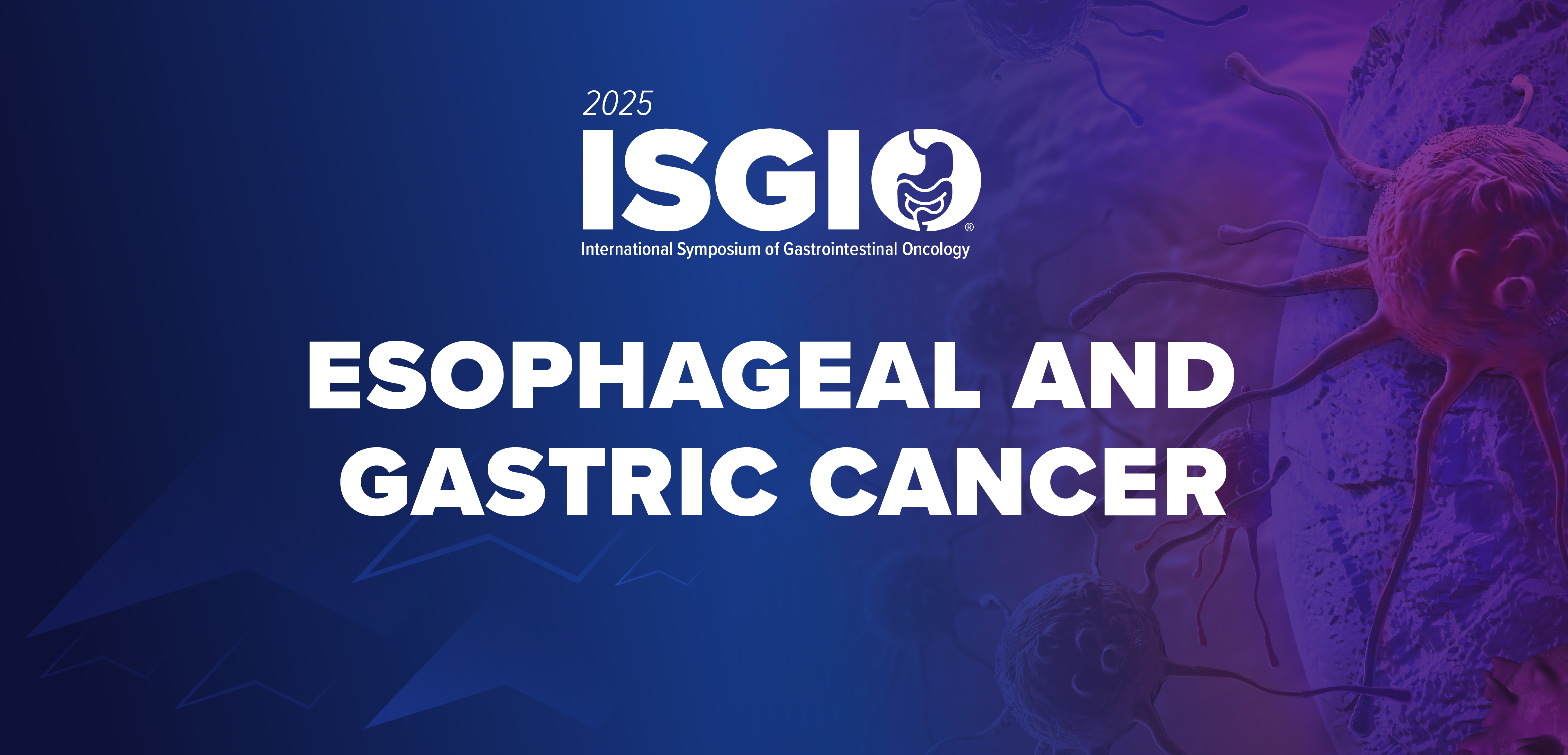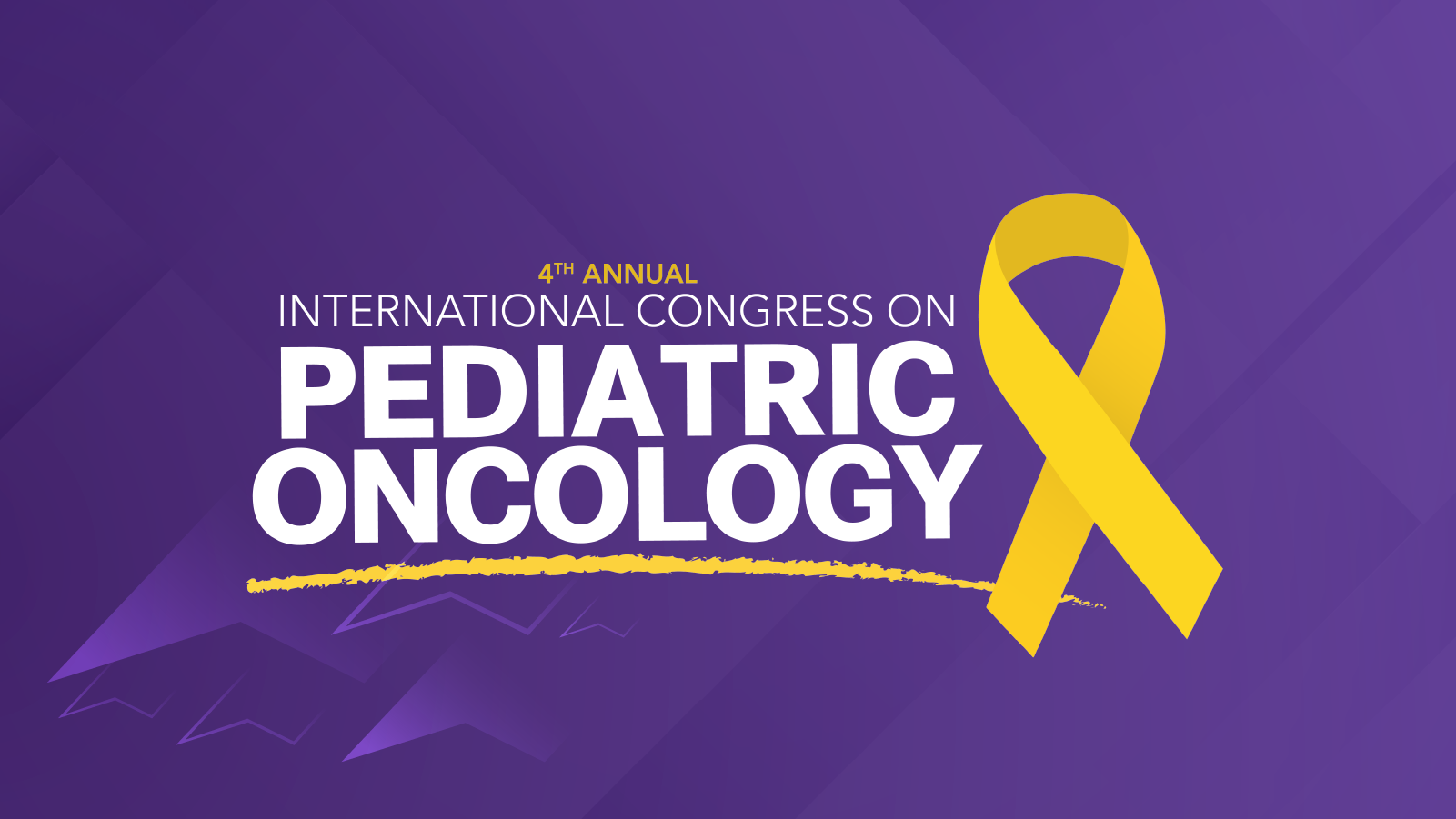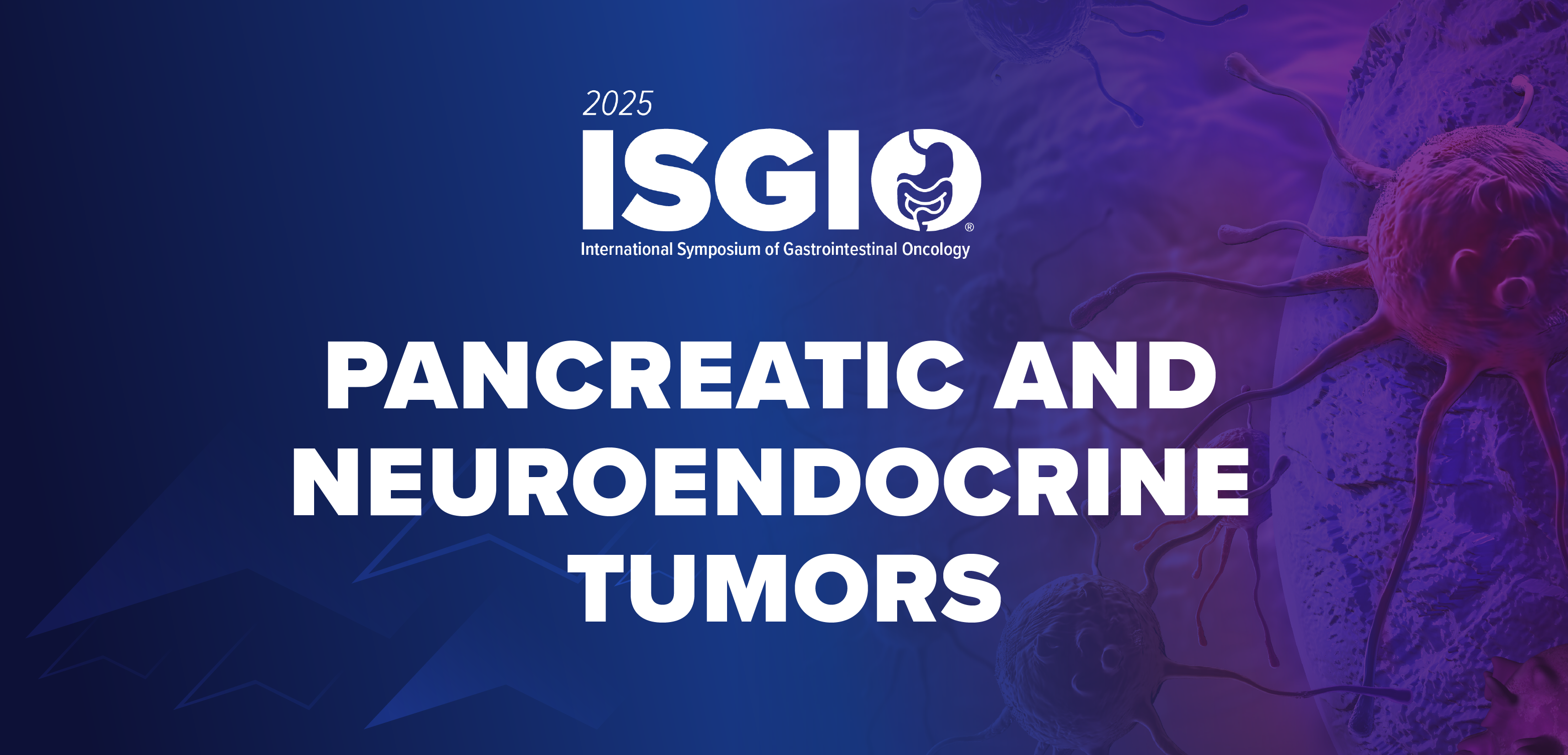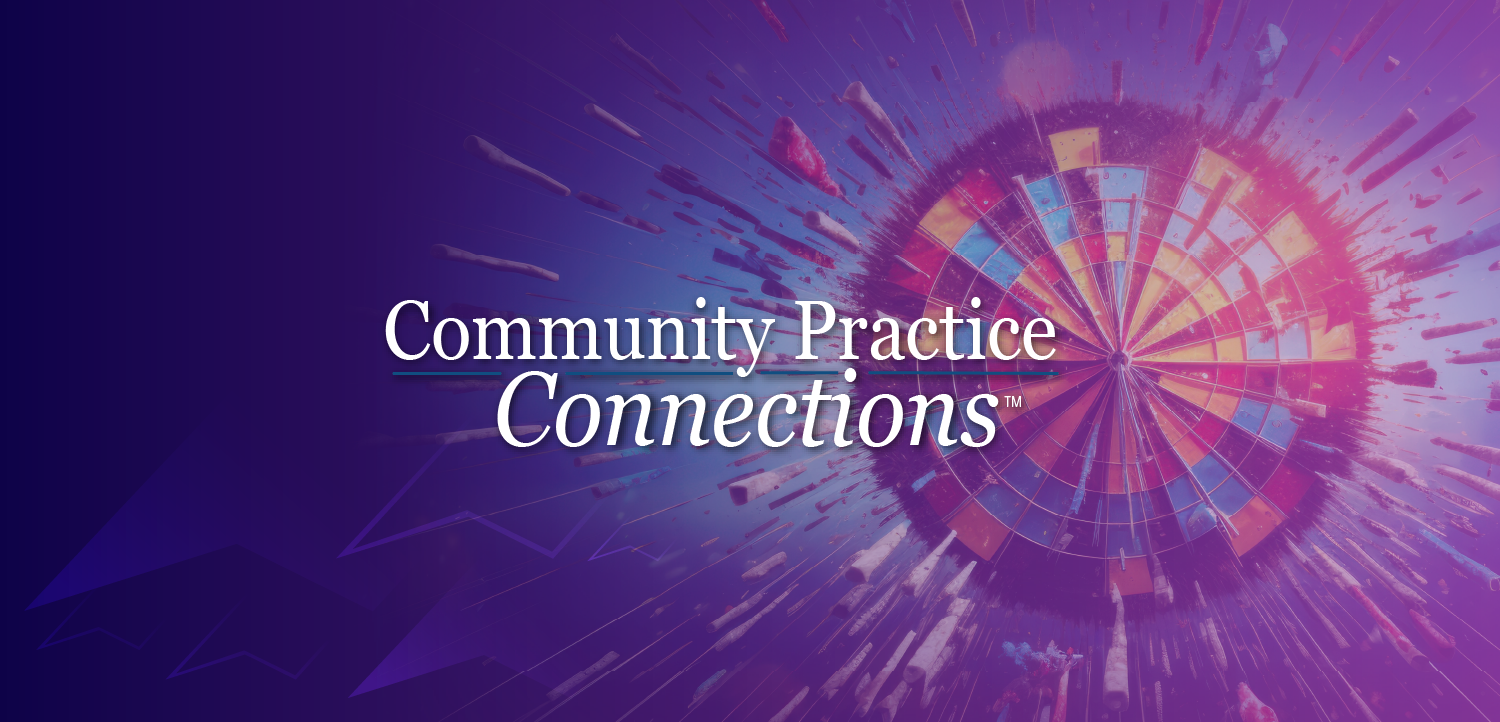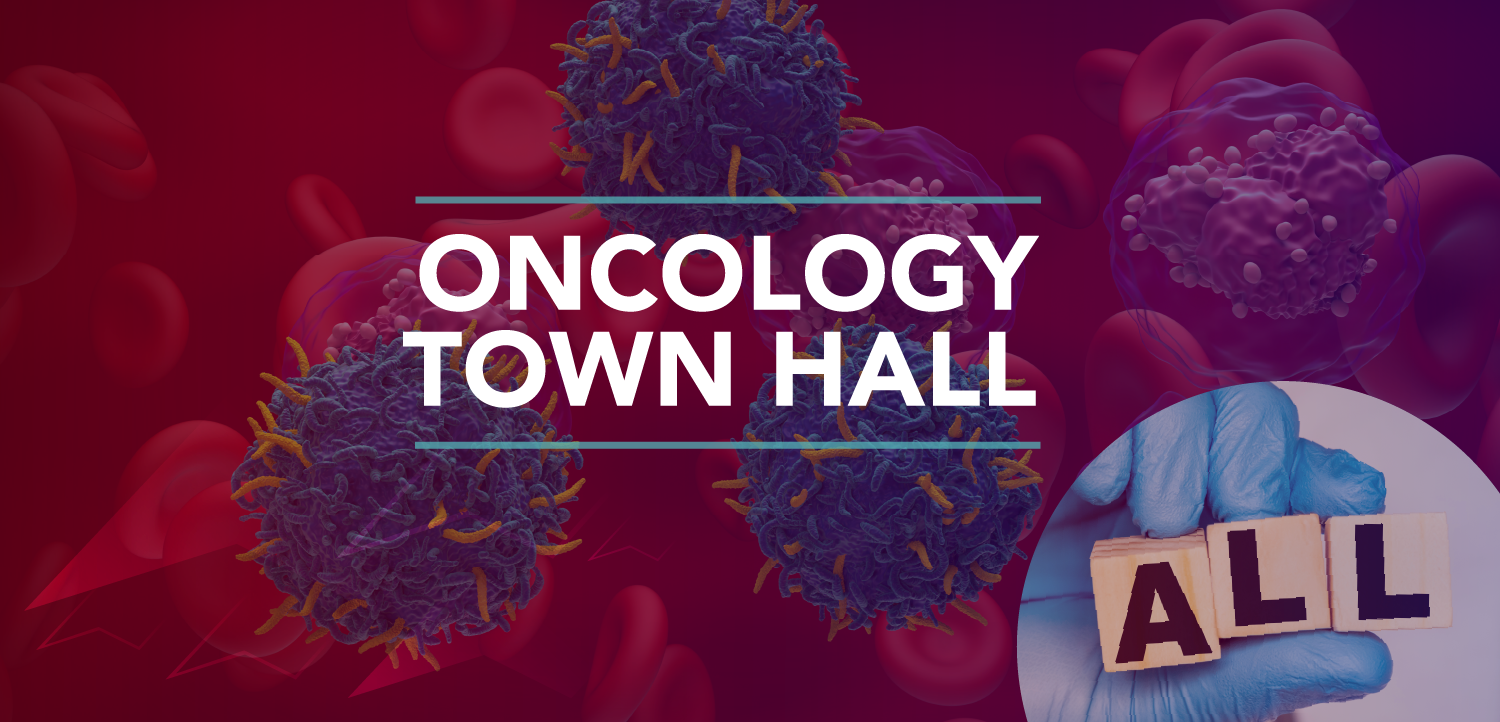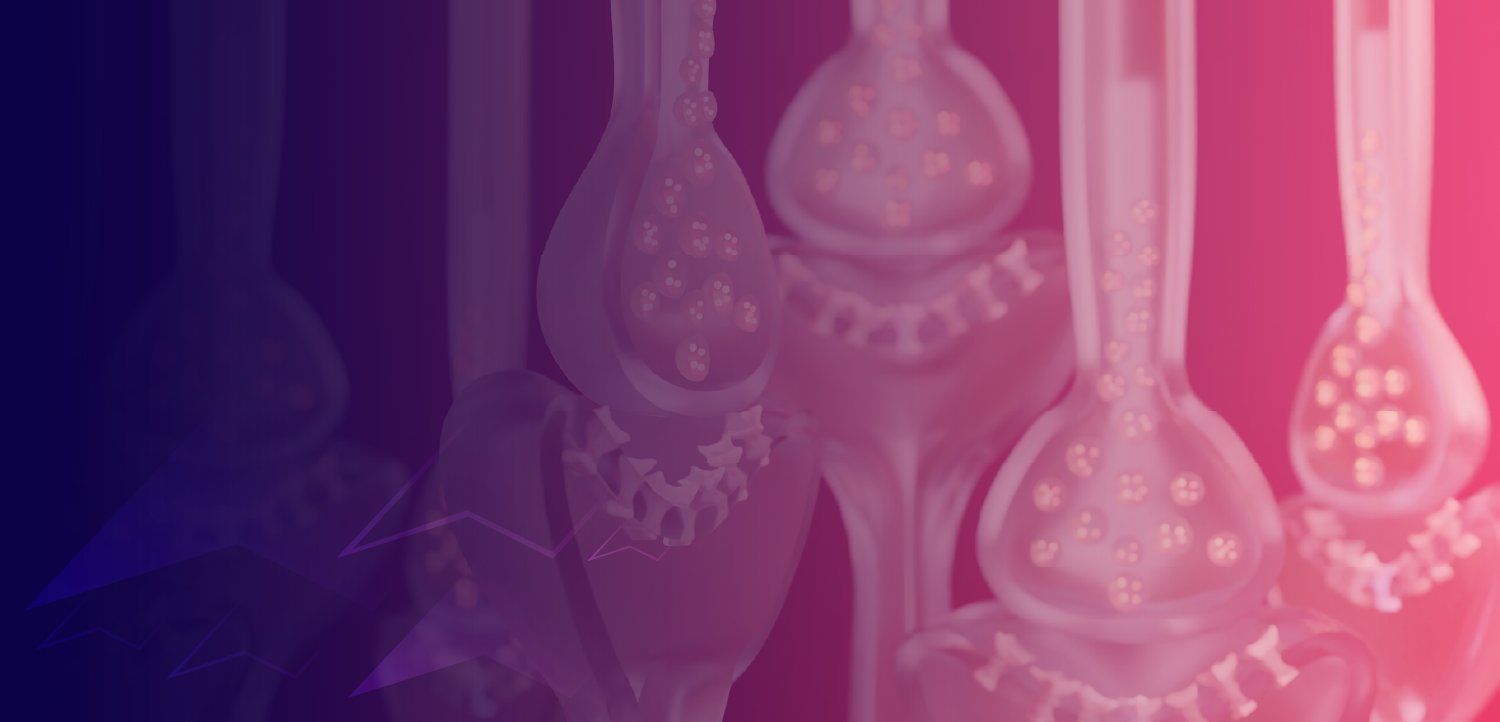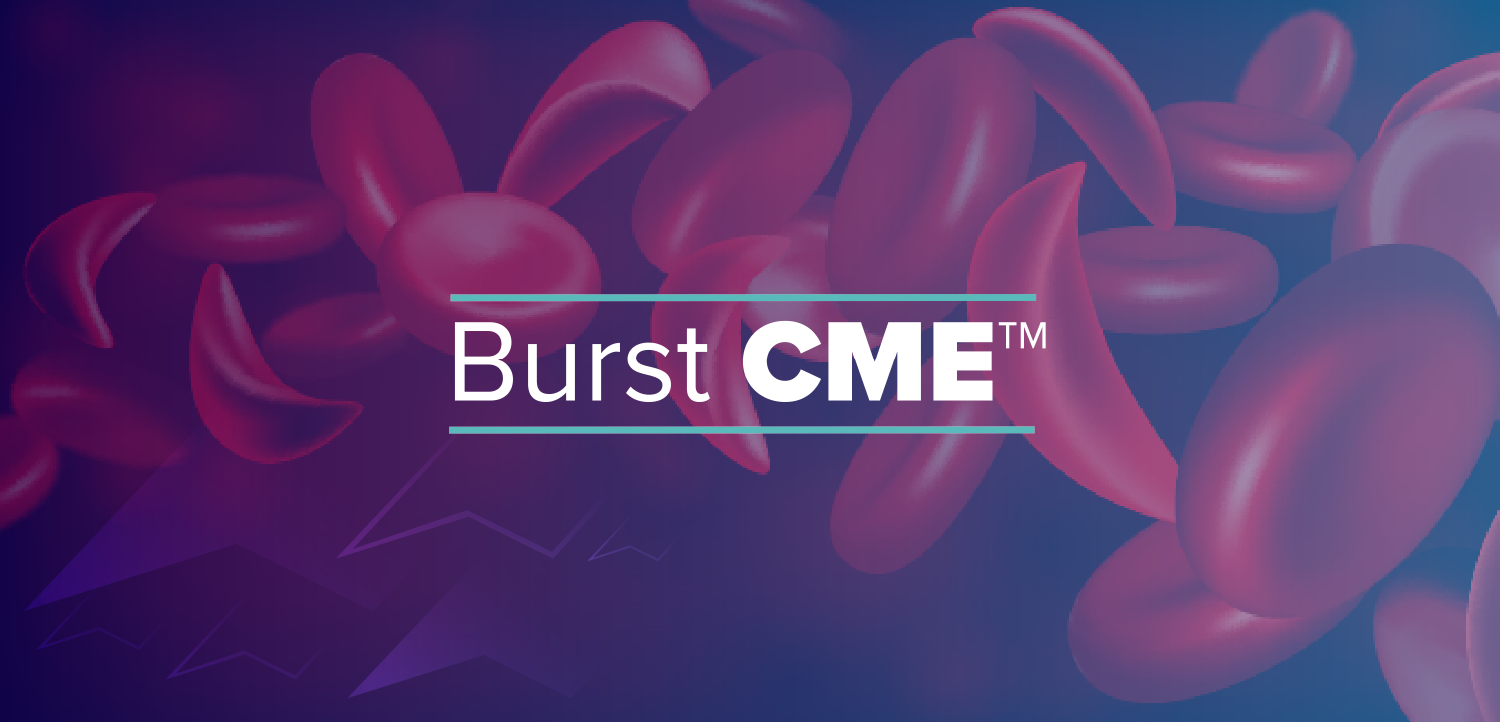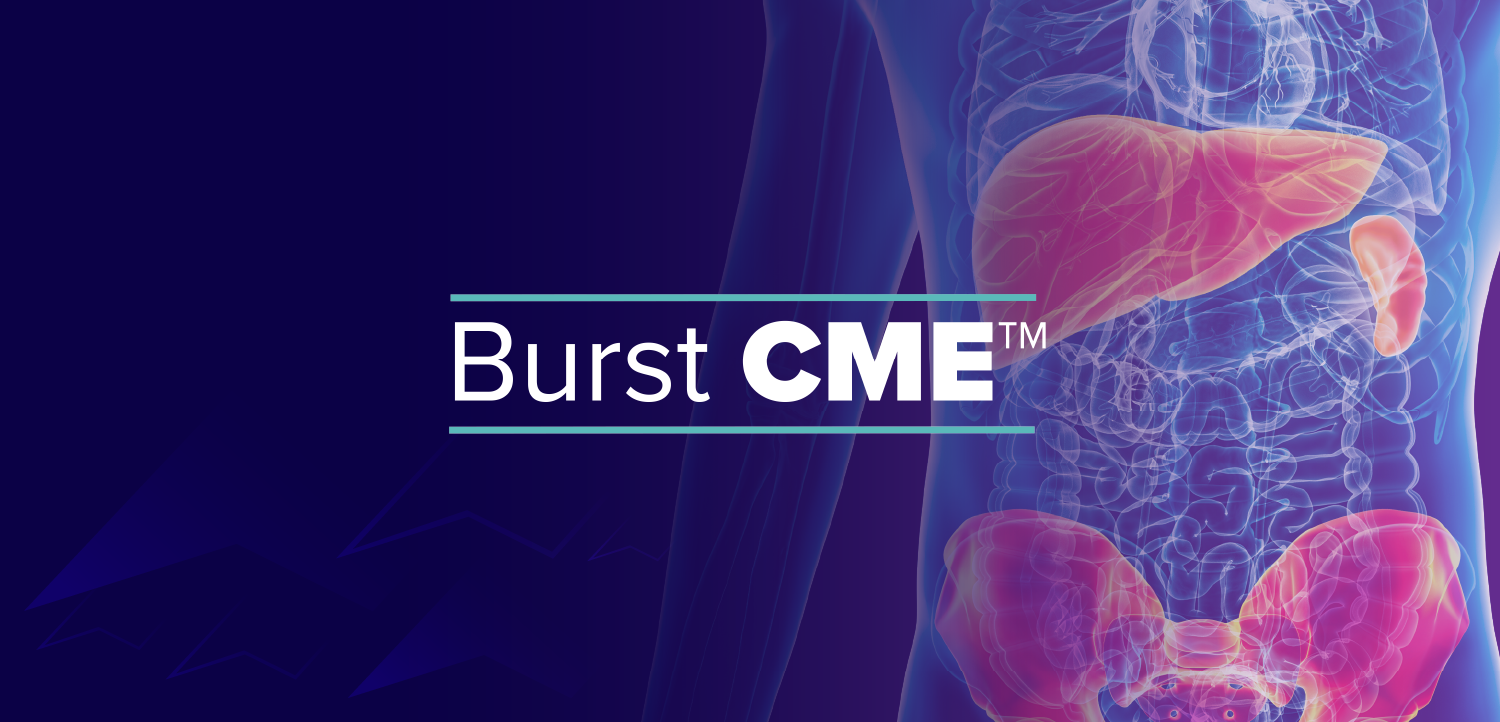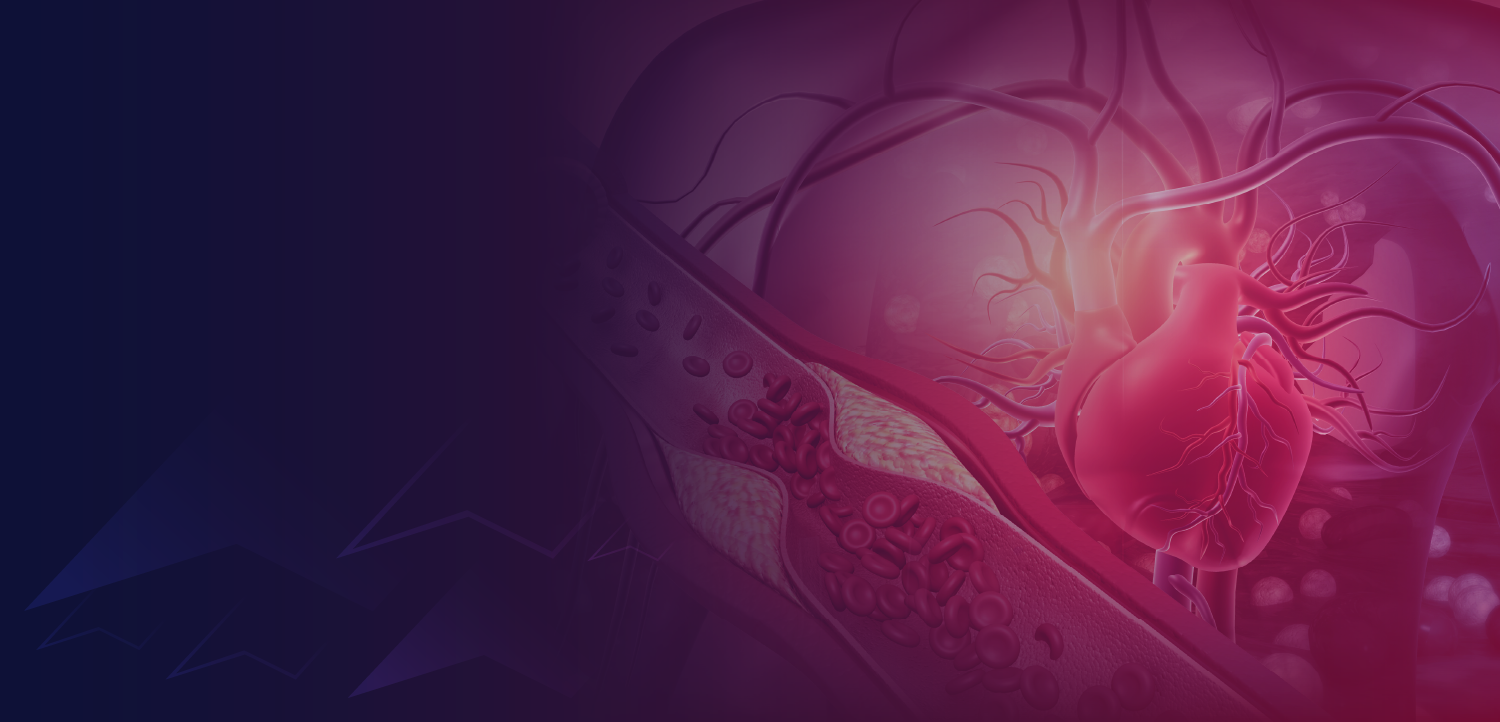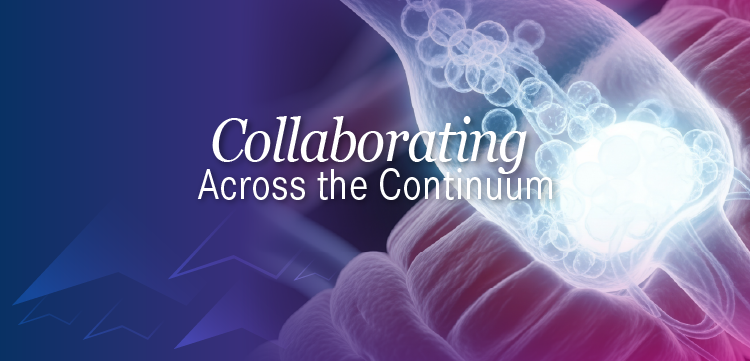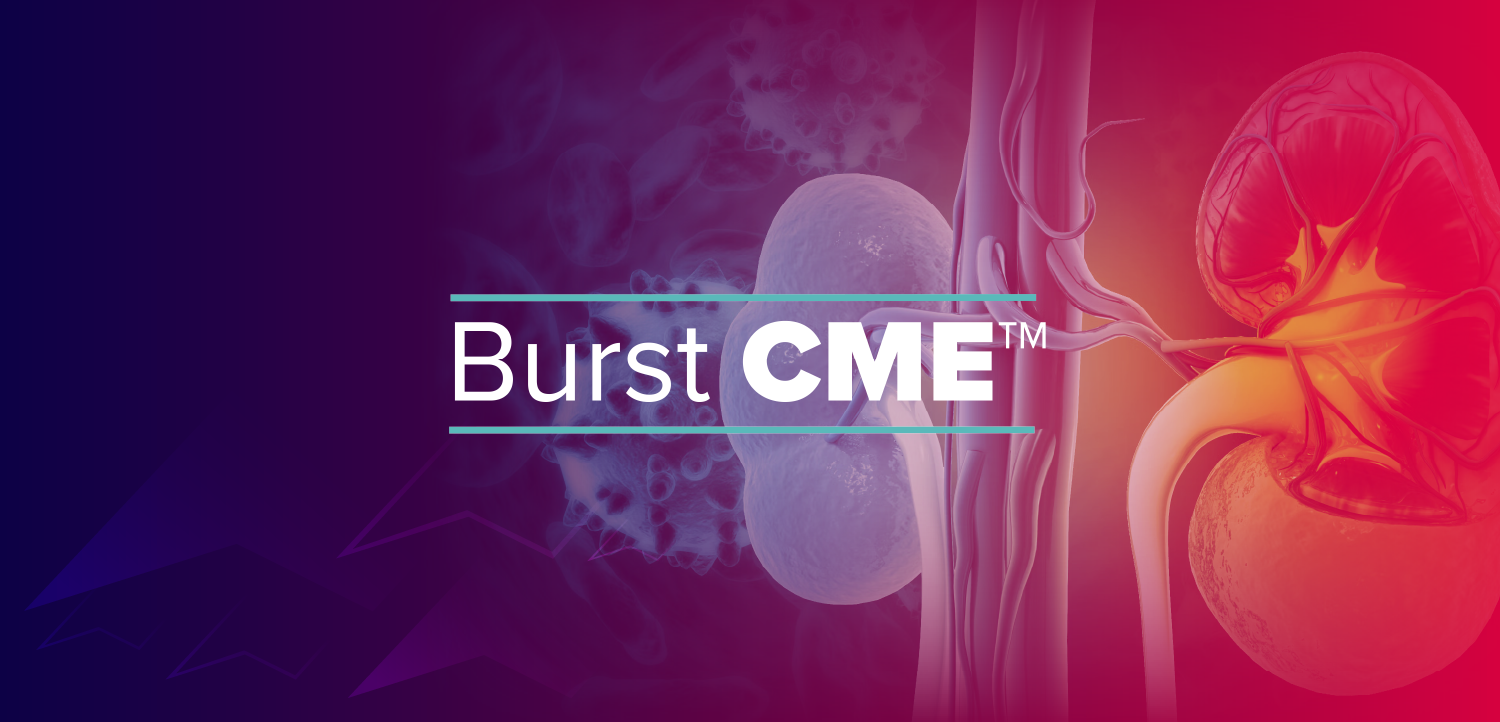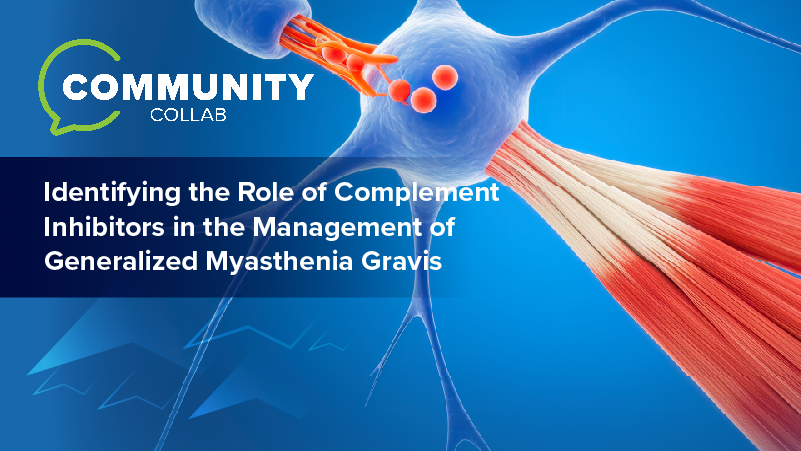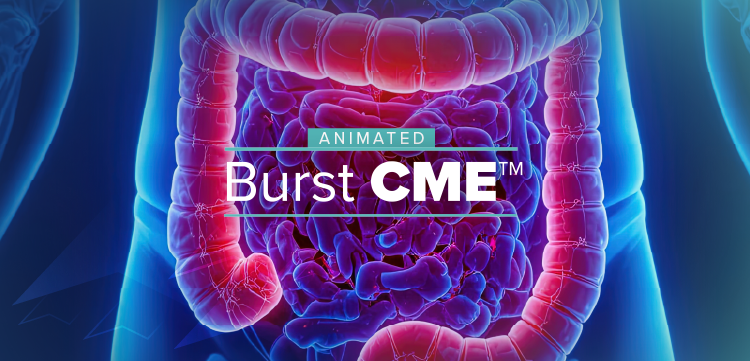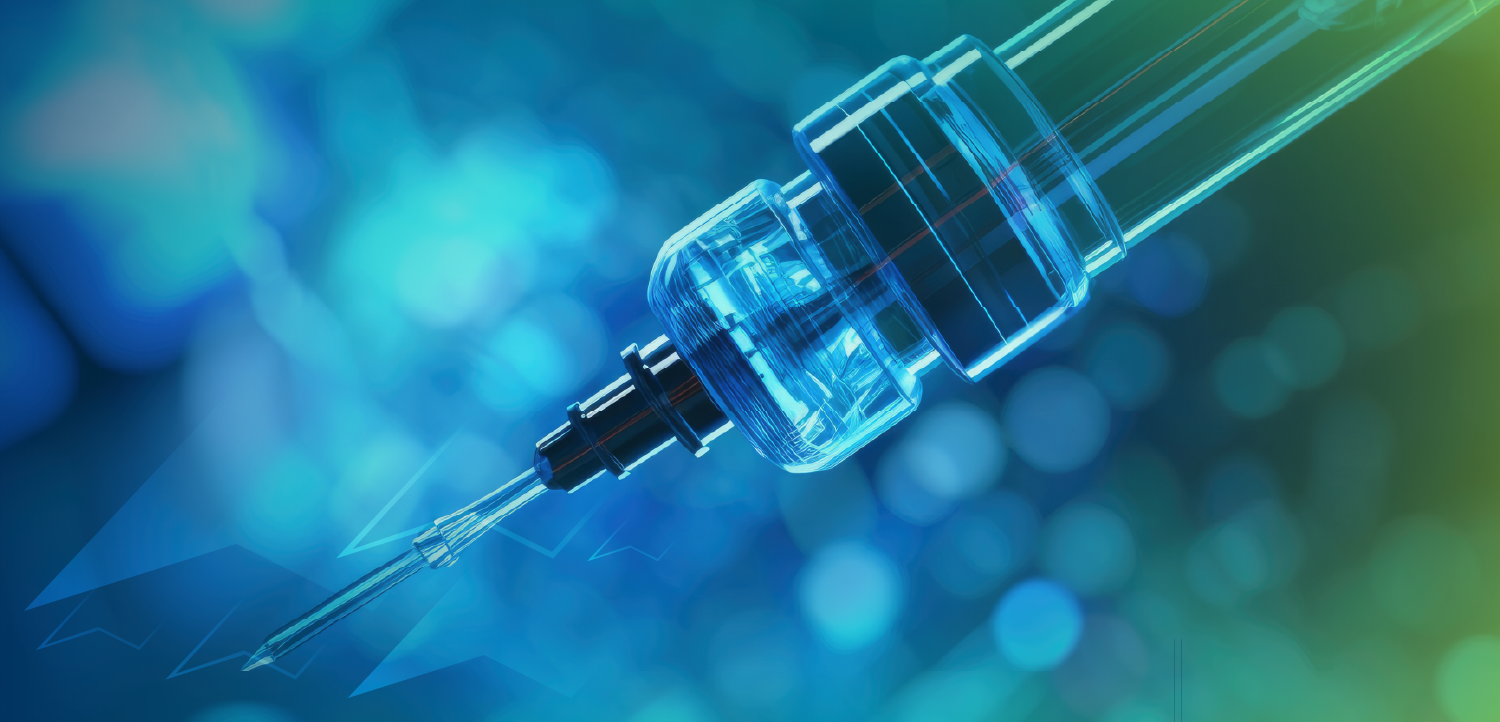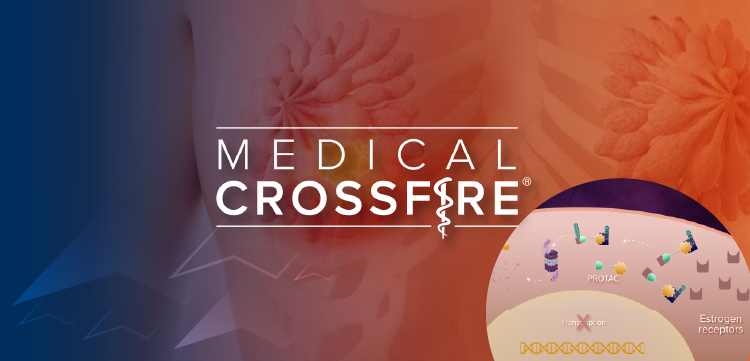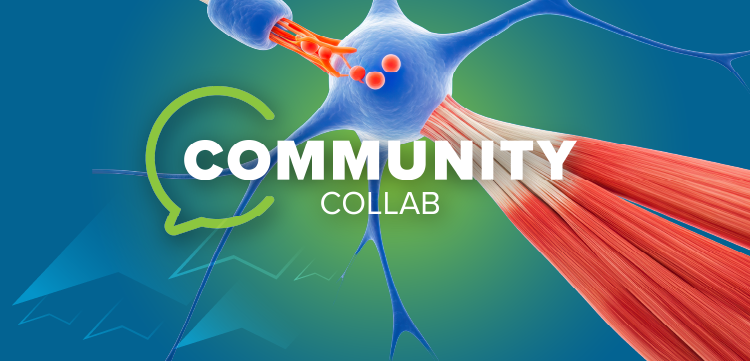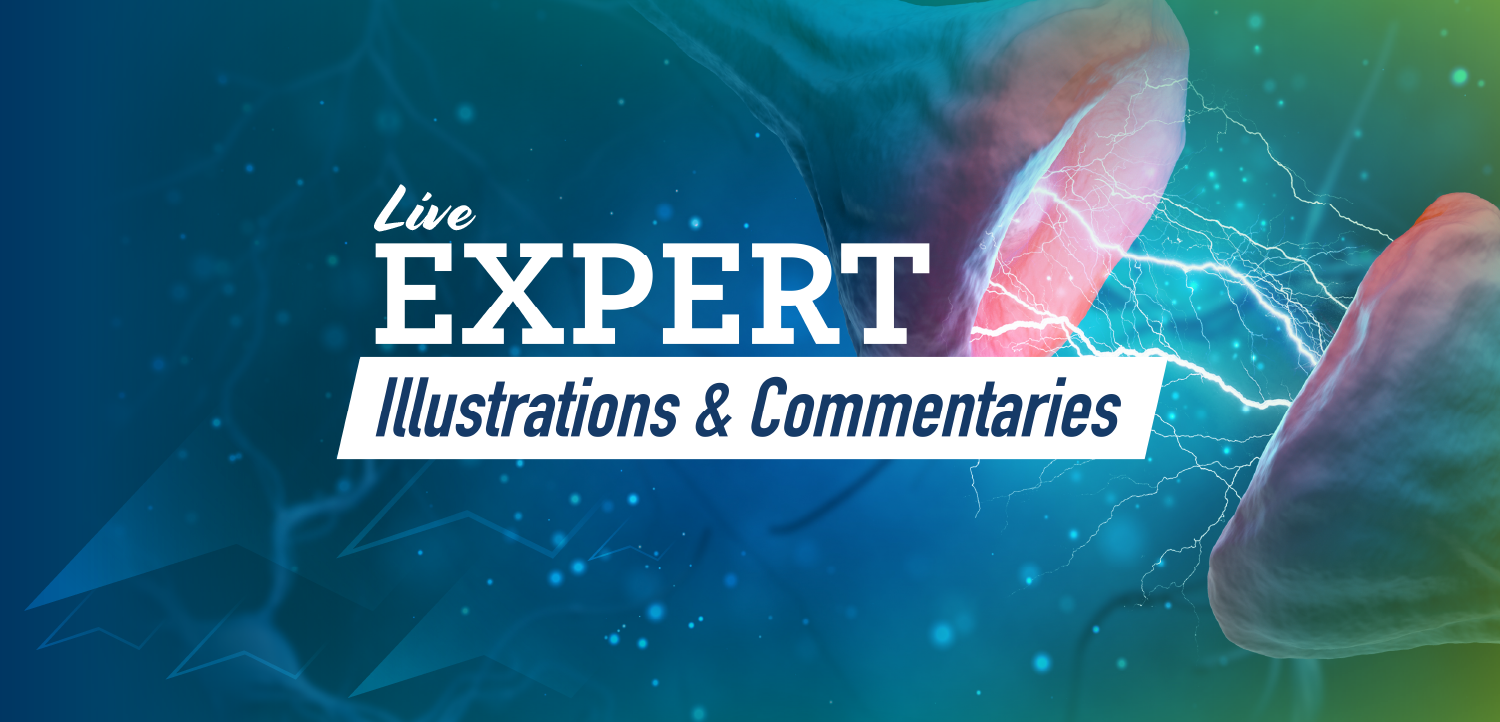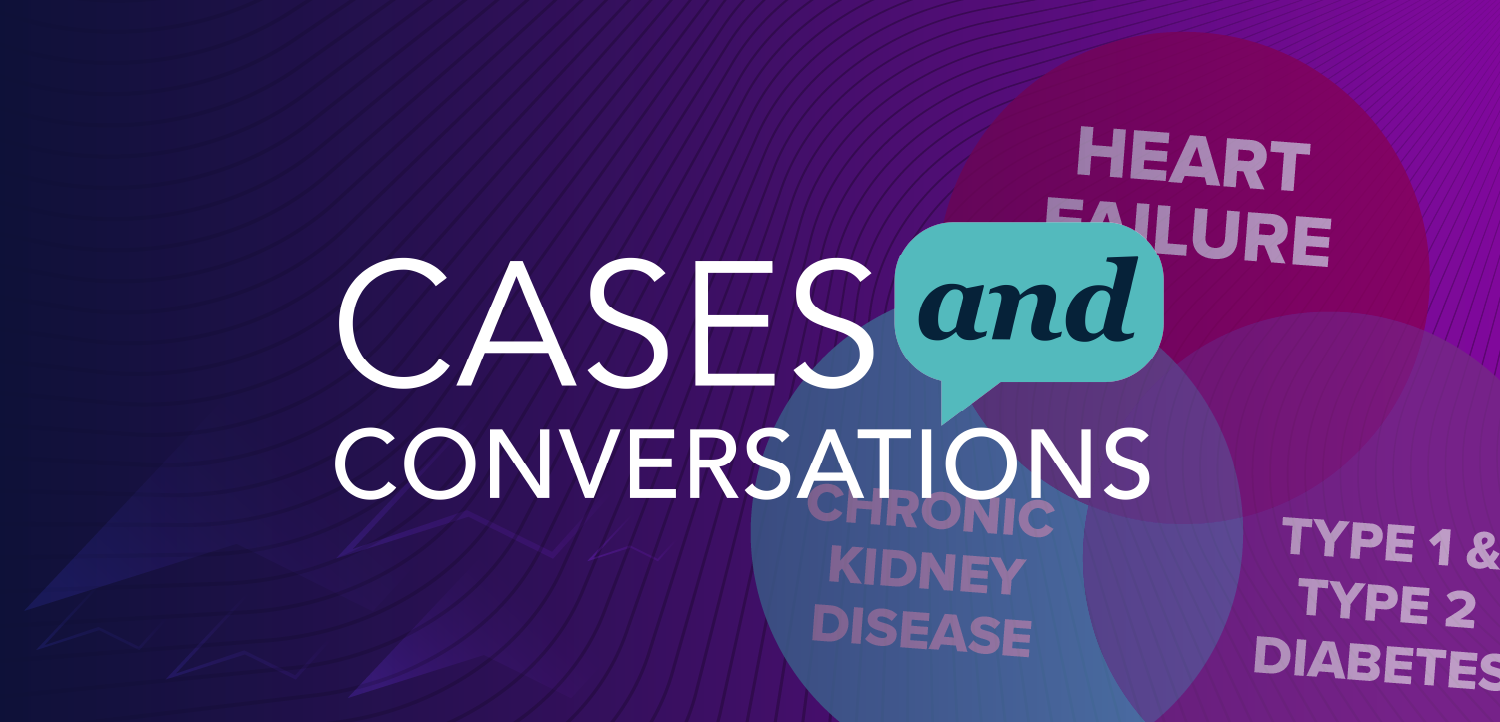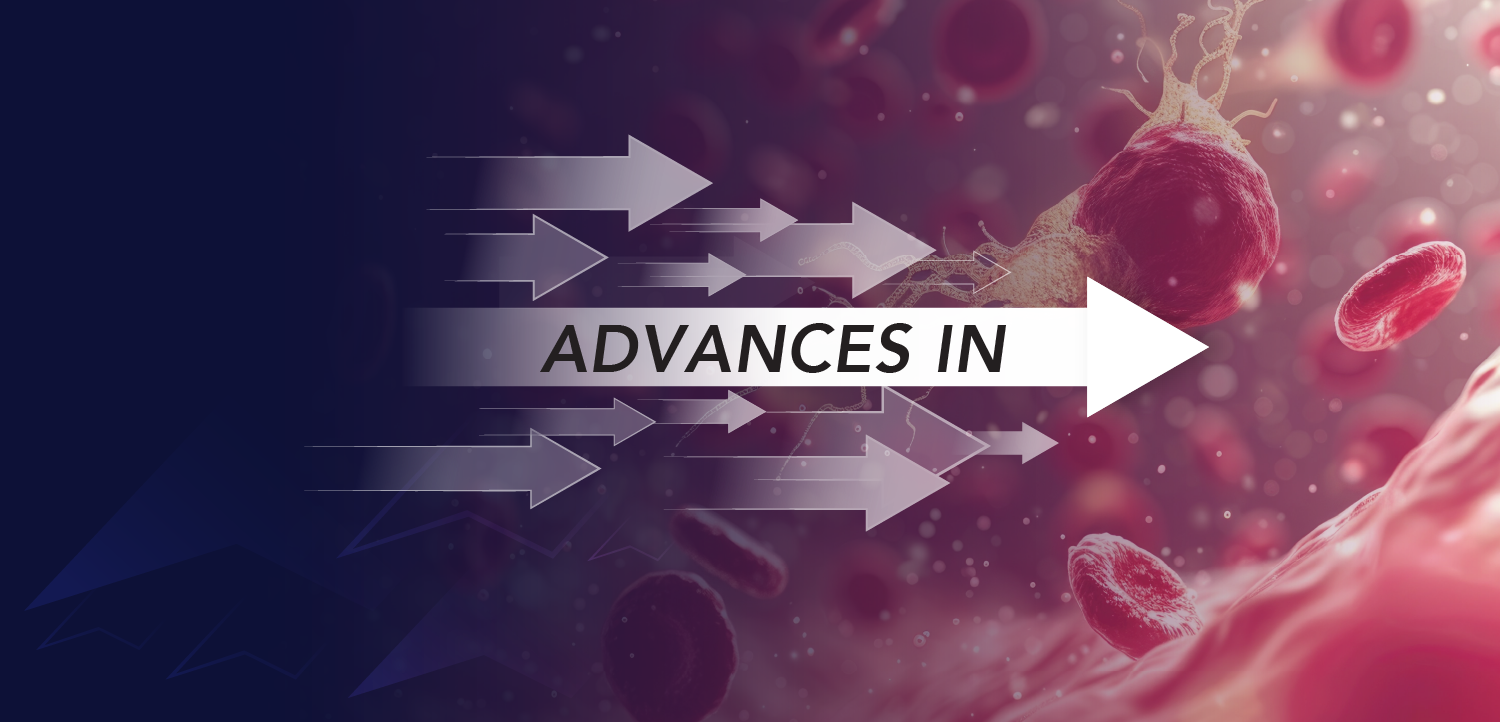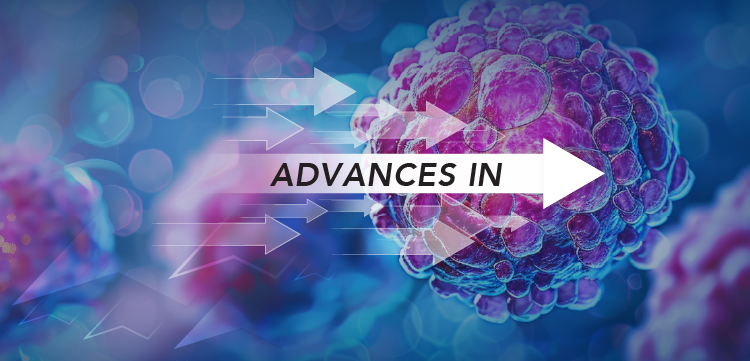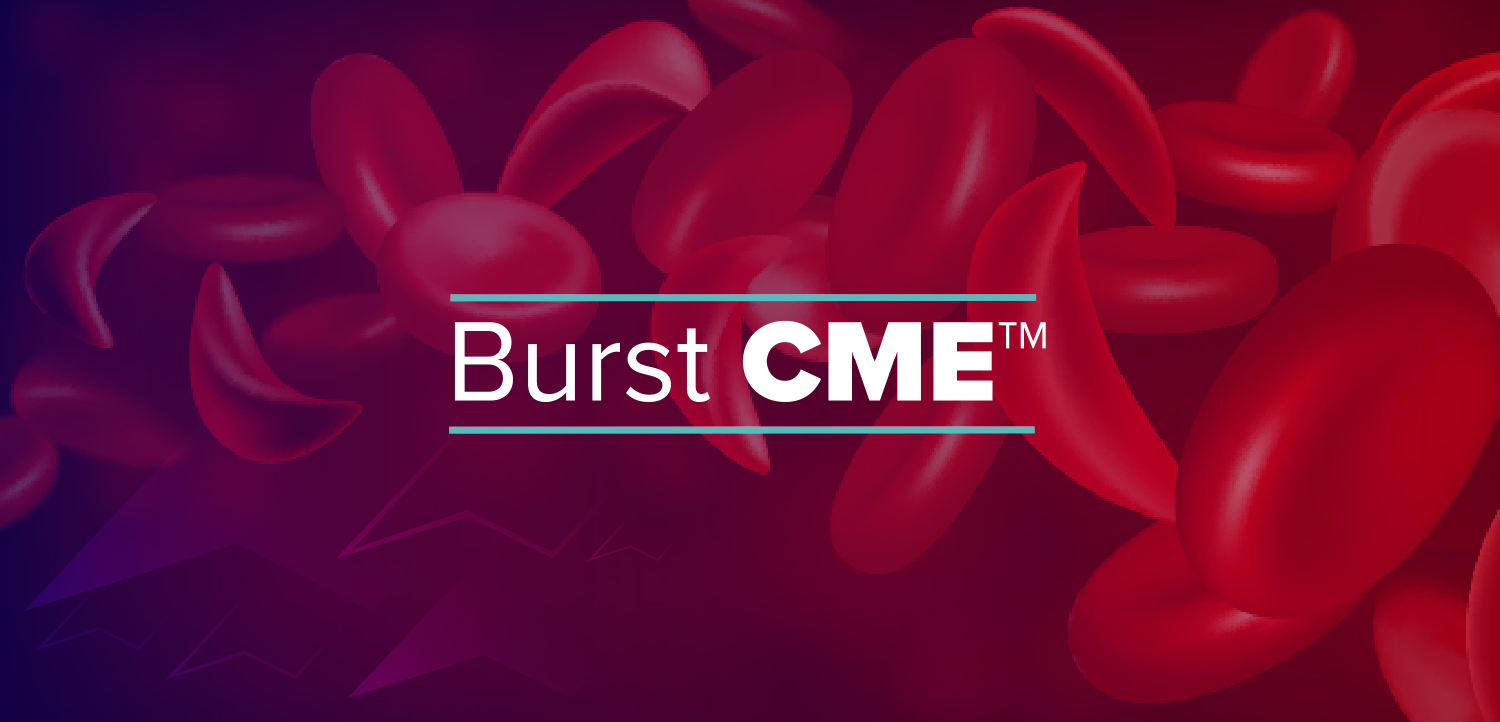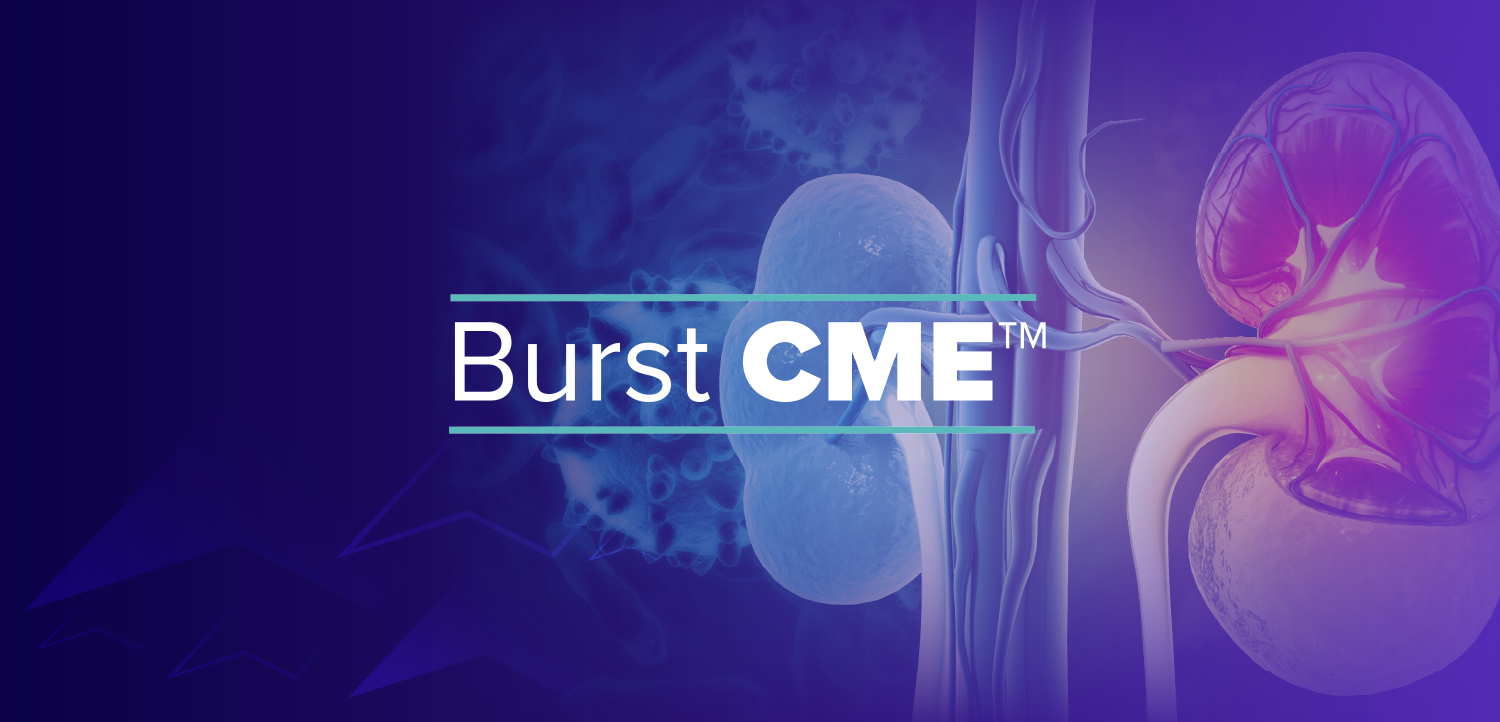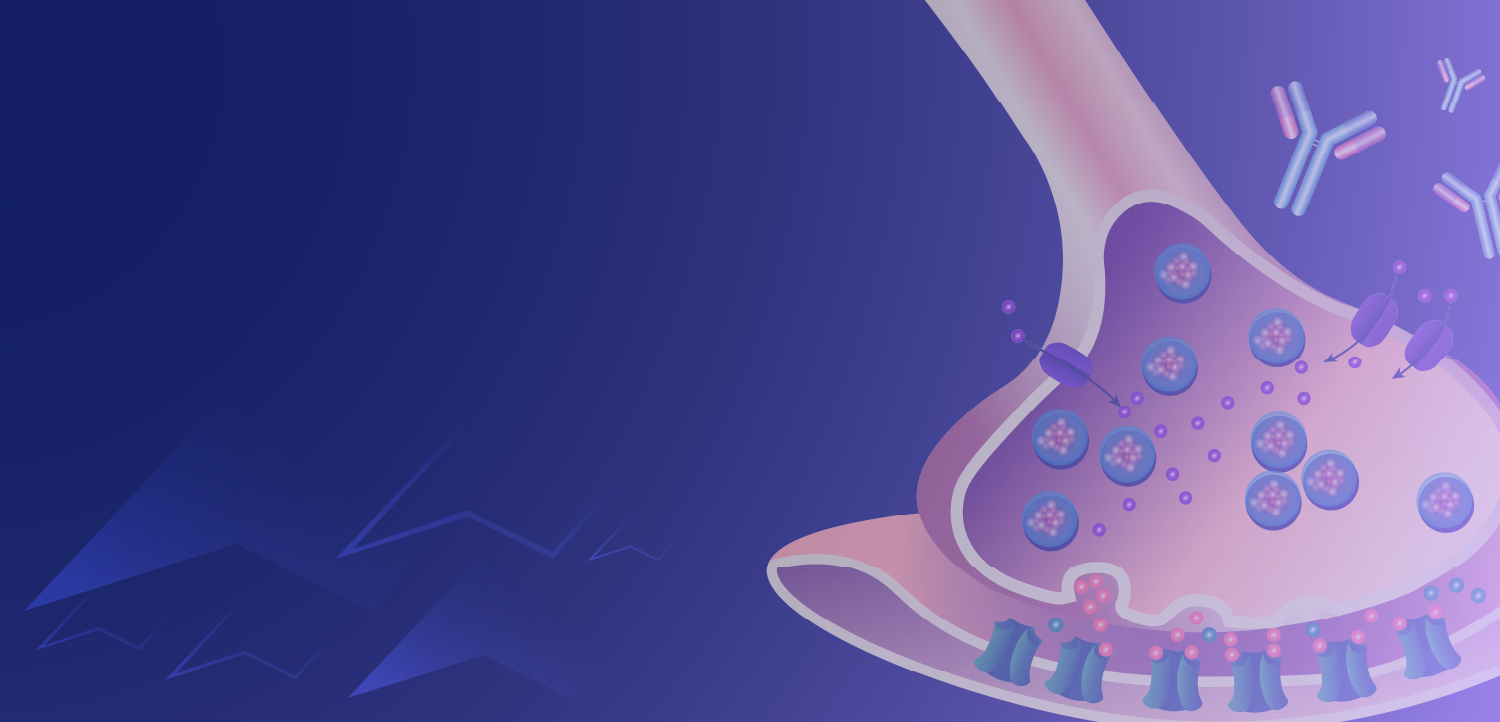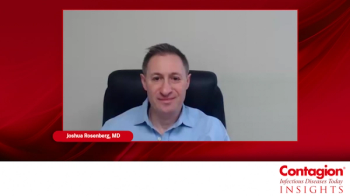
Understanding the Serious Risks, Potential Benefits Around the Mirror Life Concept
David Relman, MD, discusses the theoretical issues of "mirror life," how the scientific community could potentially research natural chirality synthetic life, and how mirror molecules may be a way to extract beneficial research from the concept.
For the uninitiated, the concept of "mirror life" is a hypothetical form of life that was first theorized by Louis Pasteur. This alternative life form has never been discovered in nature, although certain mirror-image components of molecular machinery have been synthesized in the laboratory and, in principle, entire mirror organisms could be created.1
“All life on this planet makes use almost exclusively of just 1 of those 2 configurations. For example, all DNA is right-handed. All proteins are left-handed. But it turns out that it's possible to create the opposite left-handed DNA and right-handed proteins in the laboratory synthetically. And so in theory, one could create a living cell, a synthetic cell based on these opposite mirror-image molecules,” explains David Relman, MD, professor of medicine infectious diseases and a professor of microbiology and immunology at Stanford University.
In December of last year, Relman was part of a large group of scientists who warned the public in an article in Science that the creation of mirror life could cause "unprecedented and irreversible harm" to human health and ecosystems worldwide.2
“The possible benefits of creating mirror life are very few and limited, whereas the risks of building mirror life are quite substantial and potentially catastrophic, and that balance between possible catastrophic risk and very limited benefits clearly favors a decision not to go forward with what had been the plans of some scientists,” Relman said in an interview with Contagion.
Relman was a moderator on a panel who discussed this topic at this year’s ASM Microbe conference. The panel covered the concerns around this concept, the challenges of protecting the potential benefits of work toward the creation of natural chirality synthetic life while preventing the creation of mirror-image synthetic life, and discussed the role that microbiologists and other scientists might play in these discussions.
Trying to extract the potential benefits will be a difficult task, explains Relman.
“The challenge will be to protect the science that we believe is well worth pursuing, science that is likely to be quite beneficial and of minimal risk while still preventing this potentially catastrophic science,” Relman said. “Those two endeavors are somewhat related because there are important efforts underway to build synthetic natural chirality life that we think will lead to some very important biomedical products, insights, and potentially cures and therapeutics.”
One area within this concept that Relman is in favor of is mirror molecules.
“Mirror proteins have this unusual property of being almost totally resistant to being broken down by enzymes that we have on this planet that makes them potentially valuable drugs, when the problem is often that our drugs are broken down too quickly to be able to have an effective response in a patient,” Relman said. “There are pharmaceutical companies that are quite interested in mirror proteins or even mirror oligonucleotides as therapeutics. But as I say, we do not need to create mirror life in order to produce those mirror molecules."
In part 2 of the conversation, Relman talks about how scientists can play a role in public policy around mirror life and the potentially extreme serious consequences that could emerge from the concept.
References
1. Mirror life. Wikipedia. Accessed August 2, 2025.
https://en.wikipedia.org/wiki/Mirror_life
2. Adamala KP, Agashe D, Belkaid Y, et al. Confronting risks of mirror life. Science. 2024;386(6728):1351-1353. doi:10.1126/science.ads9158
Newsletter
Stay ahead of emerging infectious disease threats with expert insights and breaking research. Subscribe now to get updates delivered straight to your inbox.

